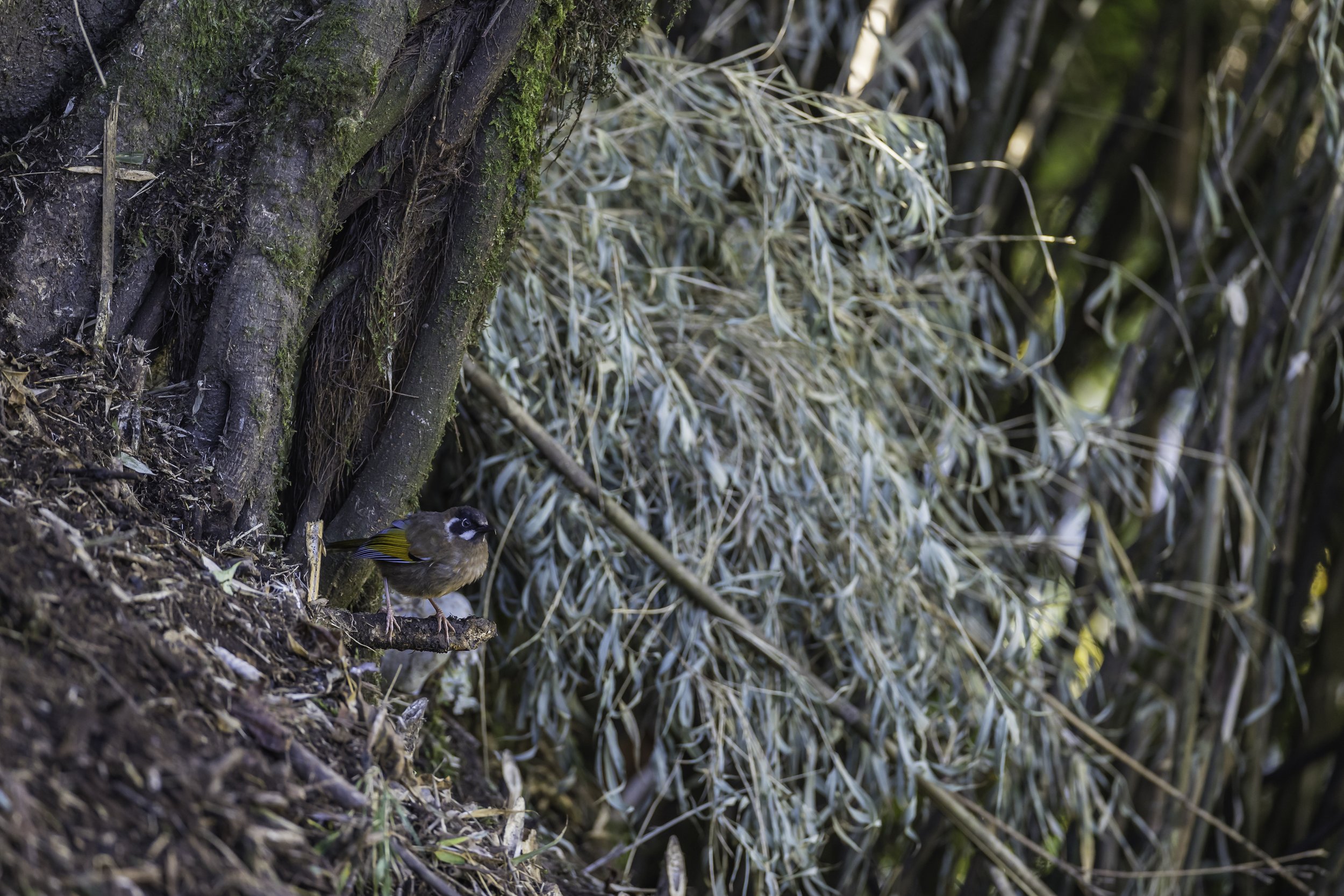Black-faced Laughingthrush
Trochalopteron affine bethelae
Singalila National Park, Tumling, West Bengal
Continuing the series on the birds from Singalila National Park today I go back to one of my most observed species - the Laughingthrushes - today specifically is about the Black-faced Laughingthrush, especially the subspecies T. a. bethelae found in Nepal. I have had a lot of luck with the laughingthrushes at almost every location I have been to and have also had the opportunity to observe them at fairly close proximity.
Read about them - Laughingthrushes. Here it was about the Laughingthrushes of the family Leiothrichidae.
The laughingthrushes are a family of Old World passerine birds diverse in size and coloration. These are birds of tropical areas, with the greatest variety in Southeast Asia and the Indian subcontinent. The entire family used to be included in the Timaliidae.
These laughingthrushes are small to medium-sized birds with strong legs, and many are quite terrestrial. They typically have generalised bills, similar to those of a thrush. Most have predominantly brown plumage, with minimal difference between the sexes, but many more brightly coloured species also exist.
This group is not strongly migratory, & most species have short rounded wings, and a weak flight. They live in lightly wooded or scrubland environments, ranging from swamp to near-desert. They are primarily insectivorous, although many will also take berries, and the larger species will even eat small lizards and other vertebrates.
The family contains 133 species divided into 16 genera.
I have written, in earlier blogs, about a few of the genera listed here like the Spectacled Barwing, the Red-faced Liocichla, the Silver-eared Mesia, the Sibias and the Old World Babblers.
Today is another addition to this list with the Black-faced Laughingthrush inhabiting the stunning Singalila National Park.
Singalila National Park
The jungles to the north and east of India are treasure houses to some of the most precious and strange flora and fauna. One such treasure in the east is Singalila National Park in West Bengal. Established in 1986, the park is among the few remaining habitats of the endangered and elusive Red Panda. Located on the Singalila Ridge at an altitude of more than 7000 feet above sea level, in the Darjeeling district of West Bengal, it is a well known trekking route to Sandakphu - the 3636 m; 11,930 ft mountain peak on the border between India and Nepal. It is the highest point of the Singalila Ridge and the state of West Bengal, India. Four of the five highest peaks in the world, Everest, Kangchenjunga, Lhotse and Makalu can be seen from its summit. View them in my Wildscapes Gallery.
The forest of Singalila was bought by the British government from the King of Sikkim. Some years after the independence, in 1992, the forest was converted into National park. The area was earlier used as a hiking trail. And it was used by the first mountaineering team that was heading for Mount Kanchenjunga. Incandescent views of the Kanchenjunga Massif adorn the clear blue skies above the Singalila National Park and from various points within the park one can get spectacular views of the mountains spanning from Nepal to Bhutan. River Rammam and River Sirikhola flow through the park.
The park has no significant history of human settlement. However, small settlements have grown up along the trekking route to Sandakphu and Phalut - the 3,600 metres (11,800 ft) second highest peak of West Bengal. There is a reasonably large village at Kala Pokhri, around the lake of the same name. The Singalila Ridge was used as an approach route by the first documented mountaineering team, led by Jules Jacot-Guillarmod and the famous occultist Aleister Crowley, which unsuccessfully attempted to climb Kanchenjunga in 1905.
The Singalila National Park shrouded in fog
This entire trip would not have been possible without the monumental help and support of my good friend and reputed snow leopard photographer - Ismail Shariff - and the team at Firefox Expeditions India led by Sourav Mondal and Amardeep Thami.
The approach, expertise and heartwarming attitude of the talented and multi-faceted team of trackers at Firefox Expeditions India was an experience in it self. Led by Sourav and Amardeep, they are well versed with the nuances of the Singalila National Park and intimately aware of the wildlife abounding in these jungles and also the risks and dangers they face - especially the Red Panda. It is evident that they care deeply for these forests take all measures necessary to keep it safe and clean. For them the wildlife takes precedence! The whole team have been doing this for a number of years now and the fruits of their labours are evident as you breathlessly trek up and down the rather steep mountains with them.
Now on to the Stripe-throated Yuhina which appeared for a few minutes as I had just set up first in the morning. We had arrived at the ridge to wait for word on the Red Pandas and were waiting for breakfast. I walked a few hundred meters back the way we had come and set up around a bend in the road to try my luck. I was facing the valley with the sun just peeking over the top of the ridge and in the shade of some ancient rhododendrons when I first spotted the Yuhina. There was some beautiful golden light filtering through the tree line silhouetting the yuhina and I was off with the first photos of the day.
‡‡‡‡‡
Black-faced Laughingthrush
The black-faced laughingthrush is a shy, beautifully patterned laughingthrush species in the family Leiothrichidae. It is found in the Eastern Himalayas with its range extending from eastern Nepal eastwards to Arunachal Pradesh in India and further to Myanmar, along with Bhutan and southeastern Tibet. Typically found as pairs during the breeding season and small groups in the winter, in the dense undergrowth of hill and mountain forests.
The black-faced laughingthrushes are also a family of Old World passerine birds diverse in size and coloration. These are birds of tropical areas, with the greatest variety in Southeast Asia and the Indian subcontinent. The entire family used to be included in the Timaliidae.
These laughingthrushes are small to medium-sized birds with strong legs, and many are quite terrestrial. They typically have generalised bills, similar to those of a thrush. Most have predominantly brown plumage, with minimal difference between the sexes, but many more brightly coloured species also exist.
This group is not strongly migratory, & most species have short rounded wings, and a weak flight. They live in lightly wooded or scrubland environments, ranging from swamp to near-desert. They are primarily insectivorous, although many will also take berries, and the larger species will even eat small lizards and other vertebrates.
Black-faced Laughingthrush - Range & Distribution
Once again this bird was photographed in the area near and behind Habre’s Nest - standing in India and photographing the birds across the border in Nepal I think. The black-faced is abundant here and very easy to observe and photograph but they are wary. A few twigs and branches have been laid out for them to perch while photographers like us push down the shutter release.
The birds feed on their natural diet and also forage and in the little vegetable trash there is from the small homestays in the area. Their natural diet is insects, including beetles (Coleoptera), also berries and fruits, including wild strawberries (Fragaria), crabapples (Malus) and ginseng (Heptapleurum), and seeds, including those of brambles (Rubus), aromatic wintergreens (Gaultheria) and viburnums (Viburnum). They are usually found in pairs during the breeding season otherwise in small parties, although up to 30 recorded together especially in locations like this, and may associate with other species, including the White-browed Fulvetta (Fulvetta vinipectus), in bird waves. The laughingthrush forage on or near the ground, and sometimes as high as crowns of small trees.
This spot is a good location for the Black-faced and other laughingthrushes like the chestnut-crowned and the spotted laughingthrush. There are numerous other species as well but they are all subject of later blogs. For now this was the bird I observed for almost two days as we waited for the Red Pandas to make their appearance in the jungles above us. Read about my experience with these beautiful pandas here.
‡‡‡‡‡
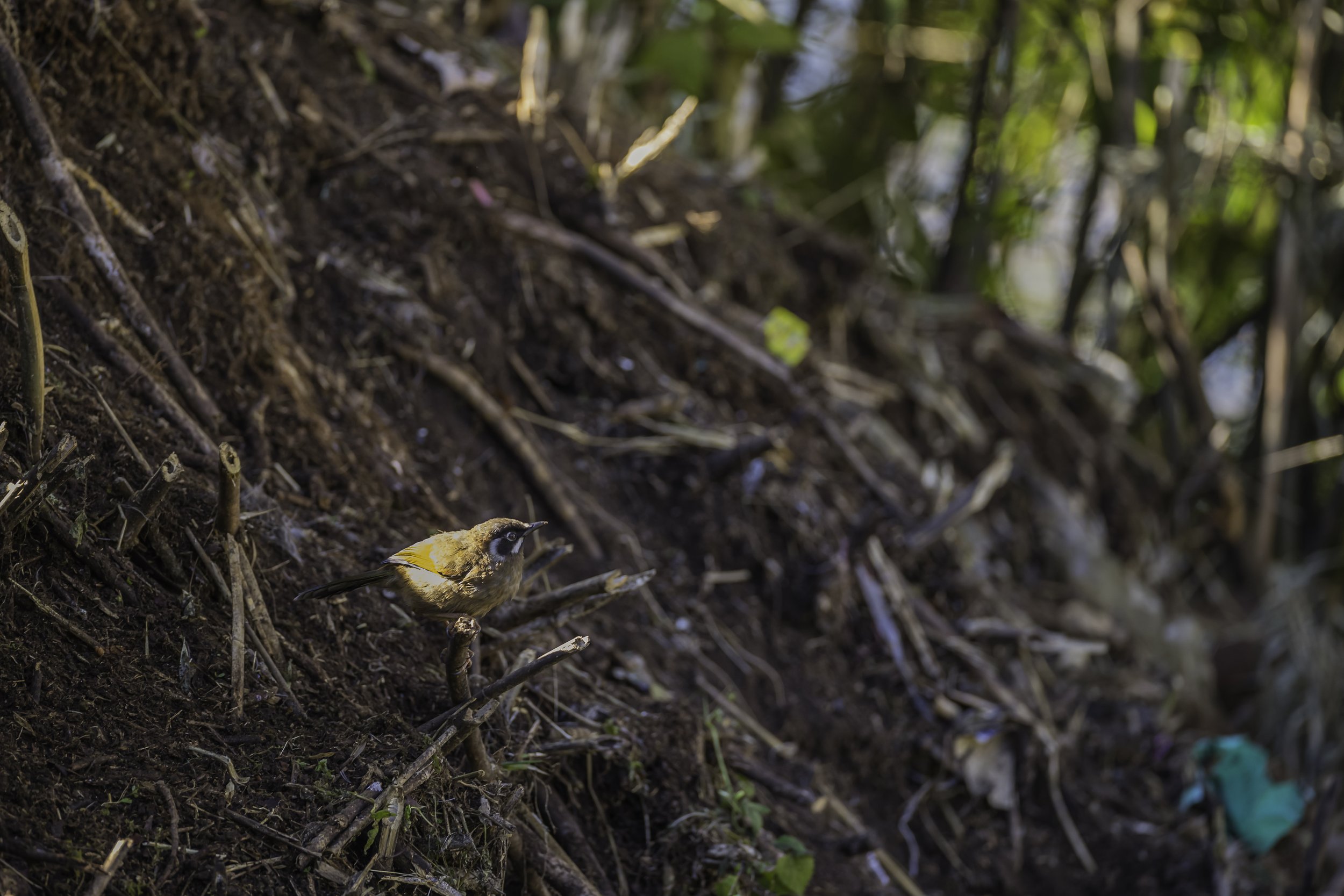
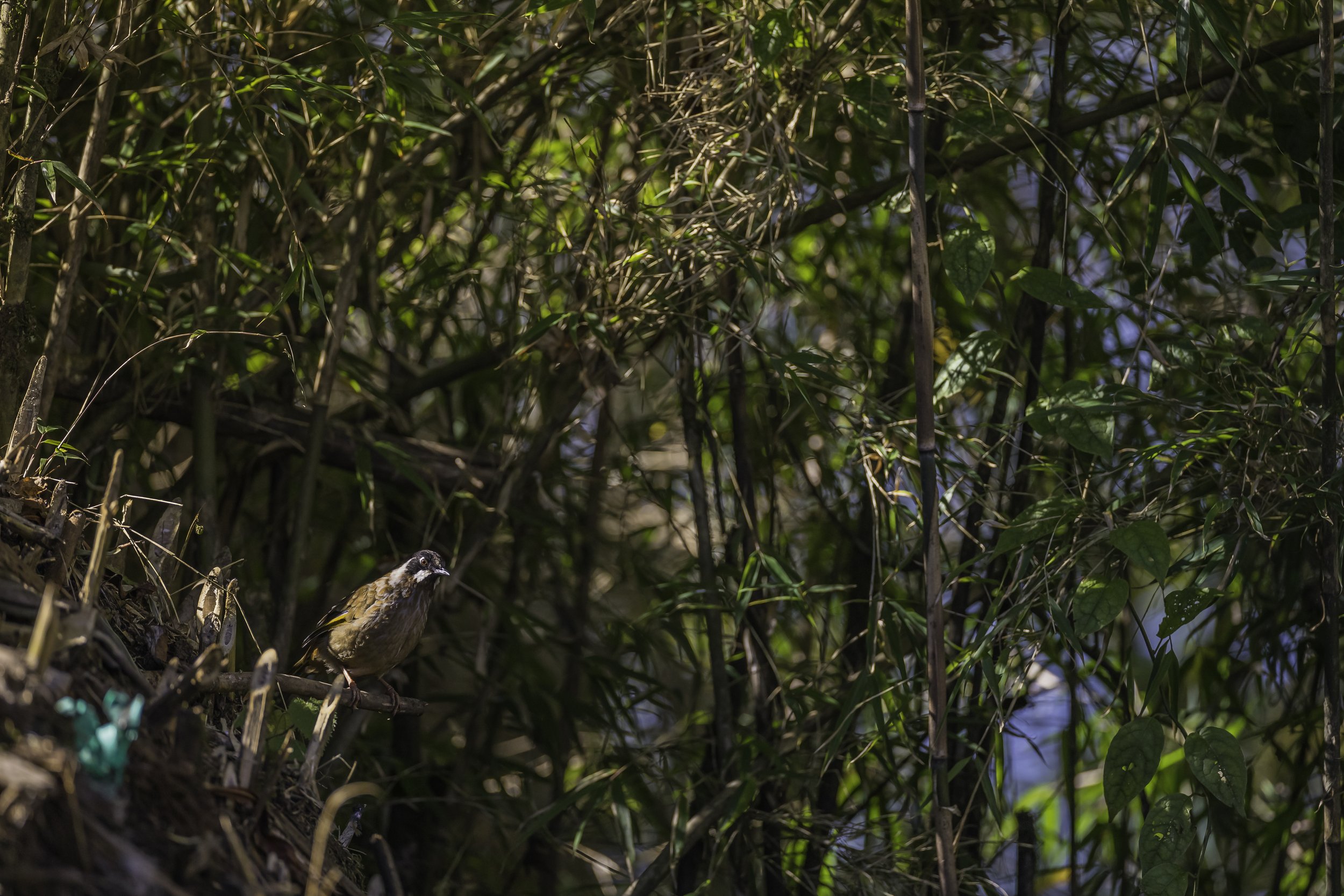
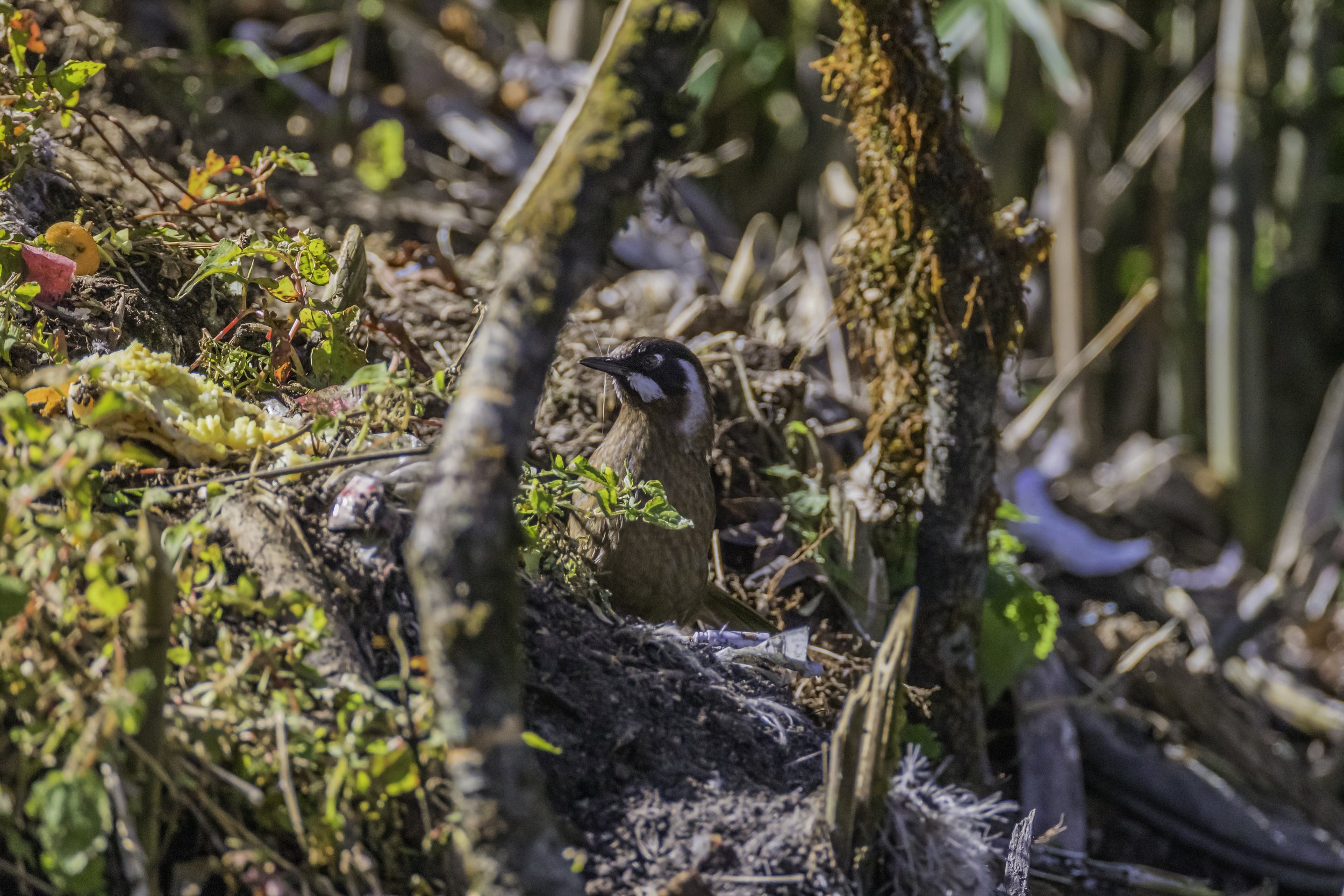
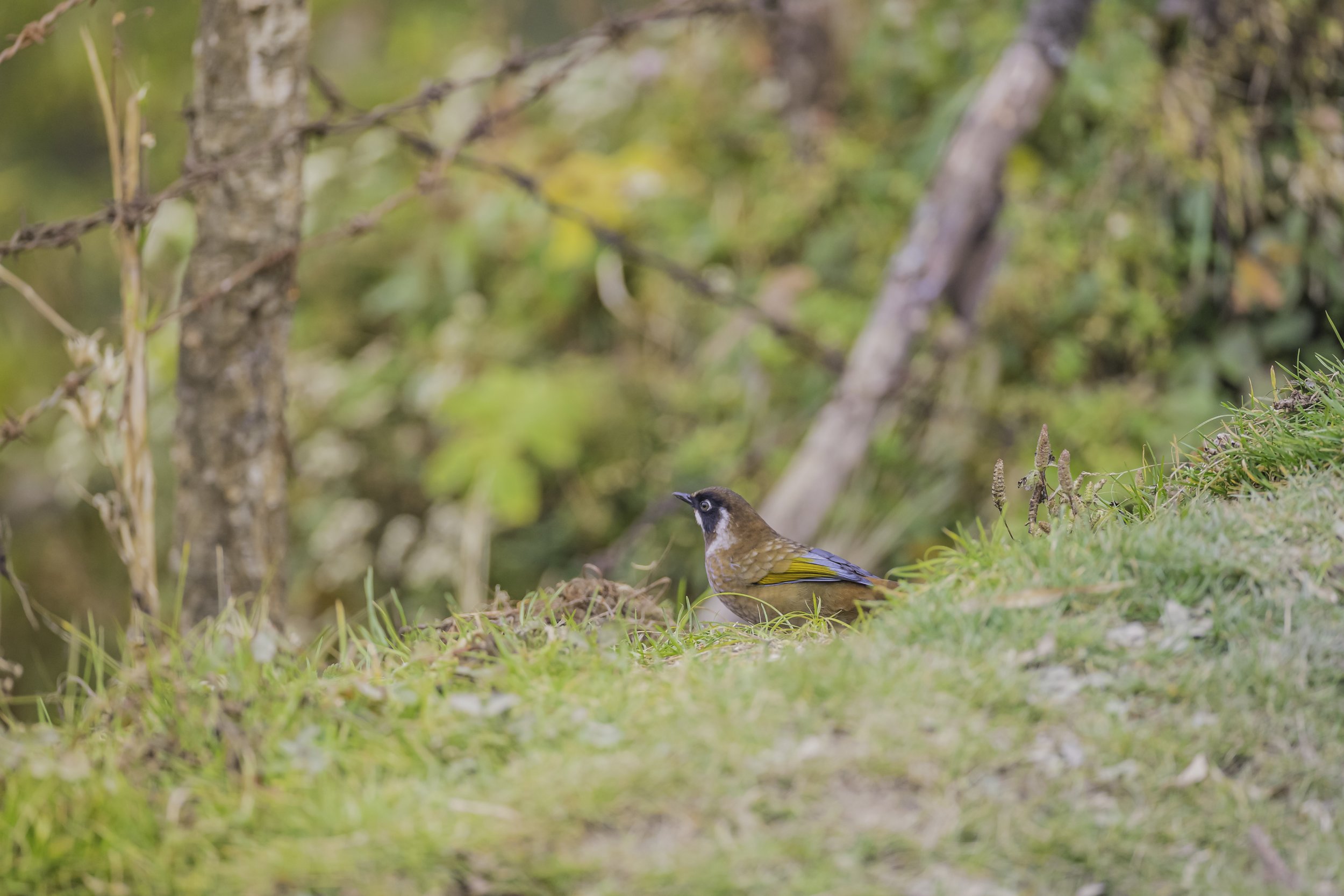

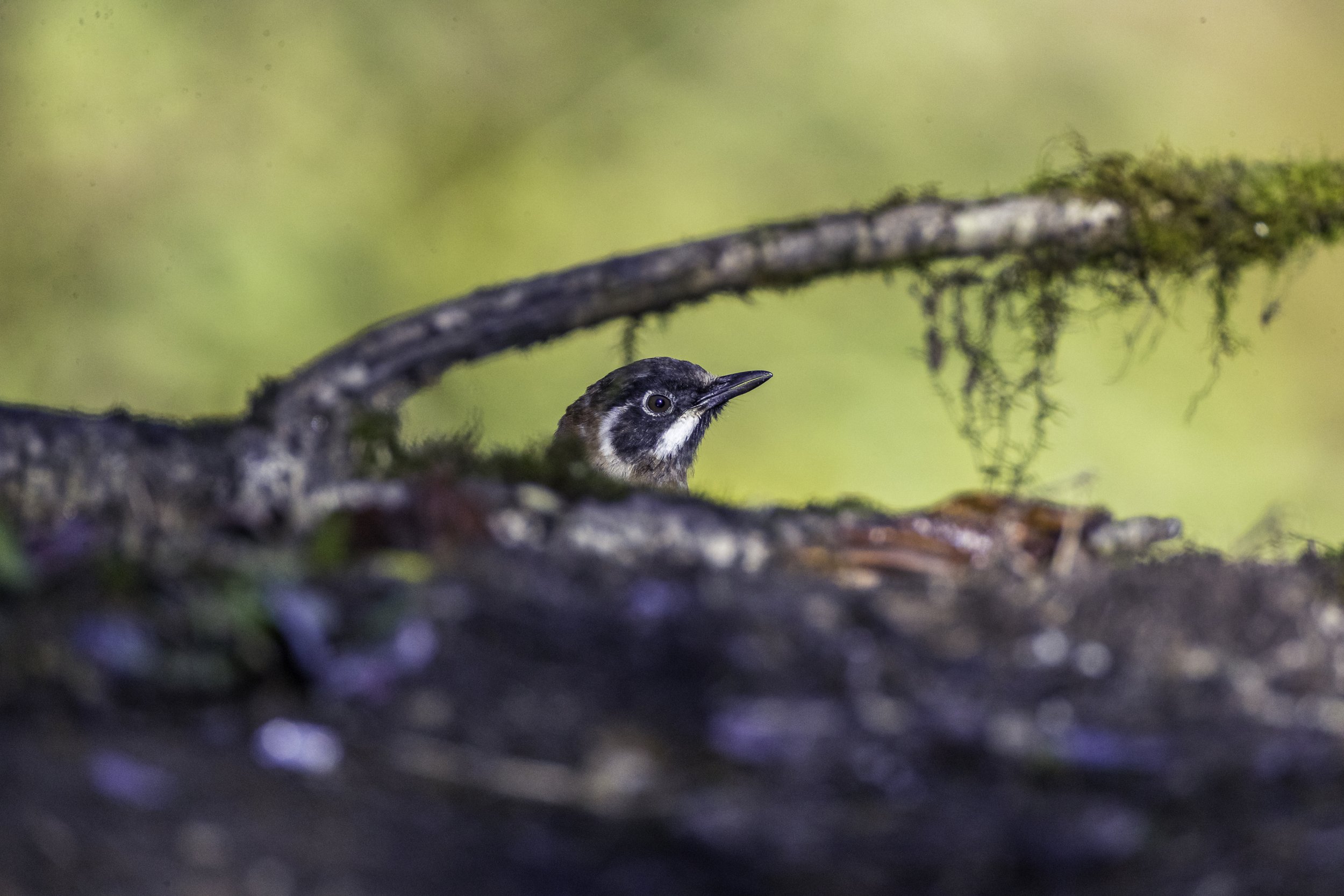
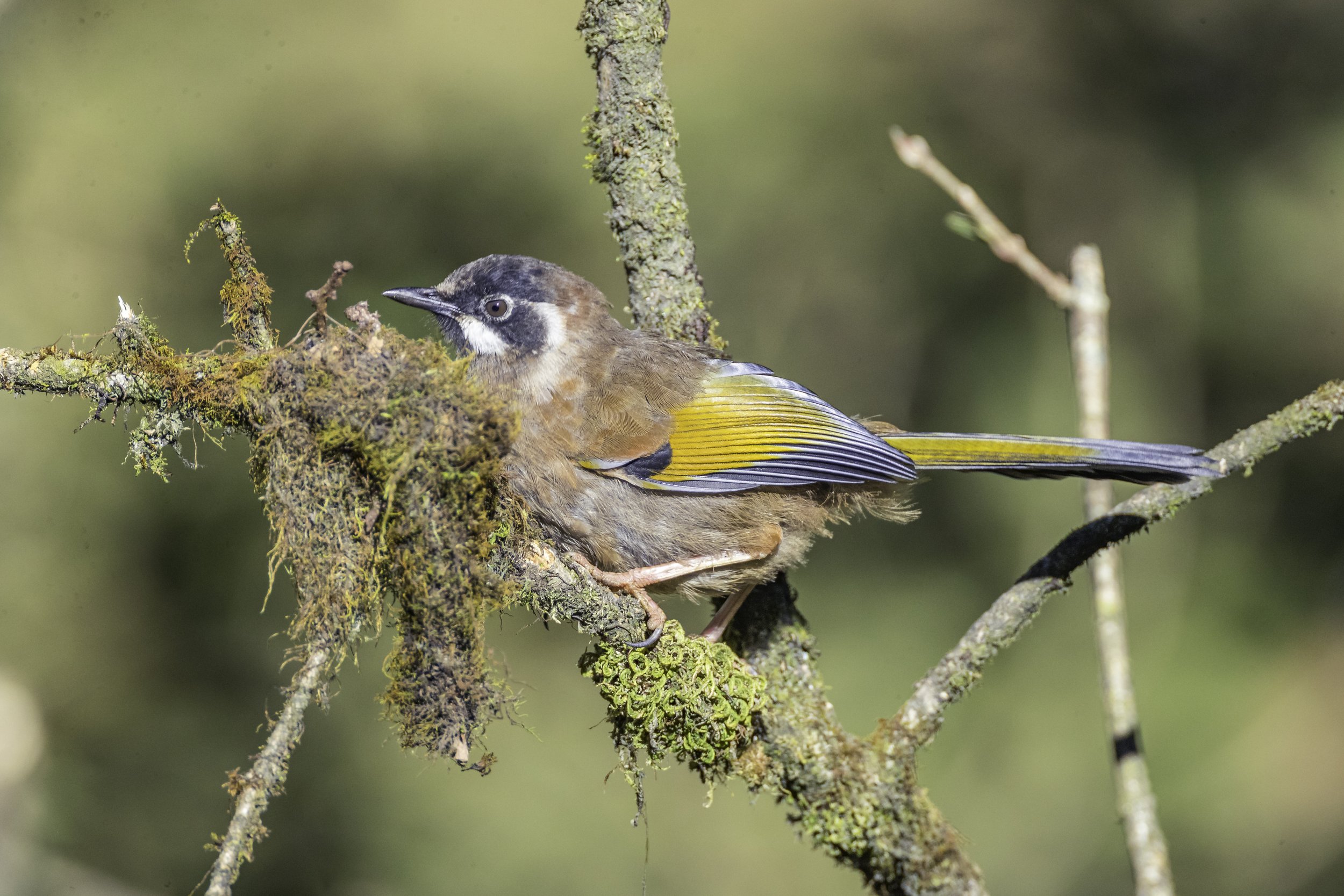
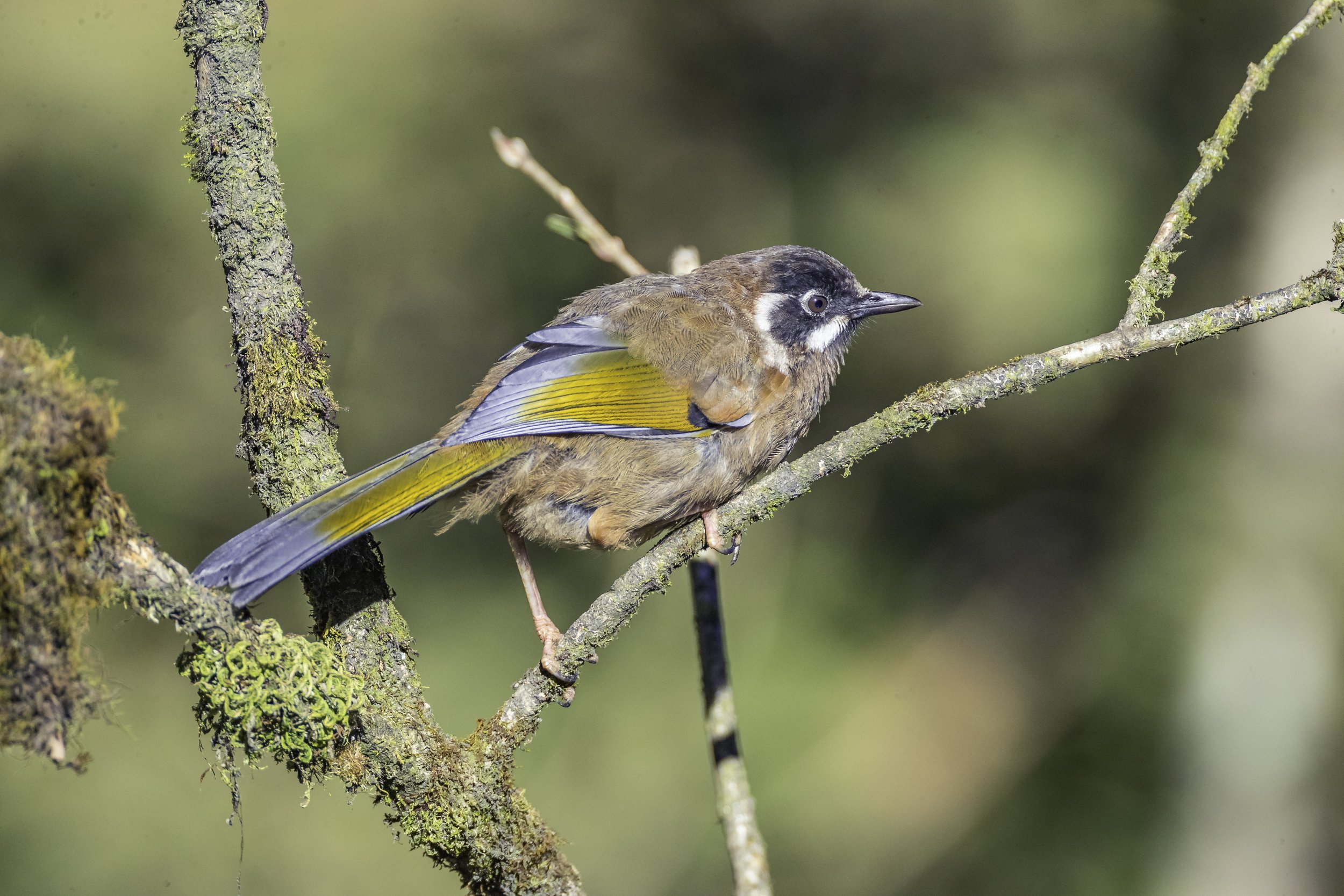
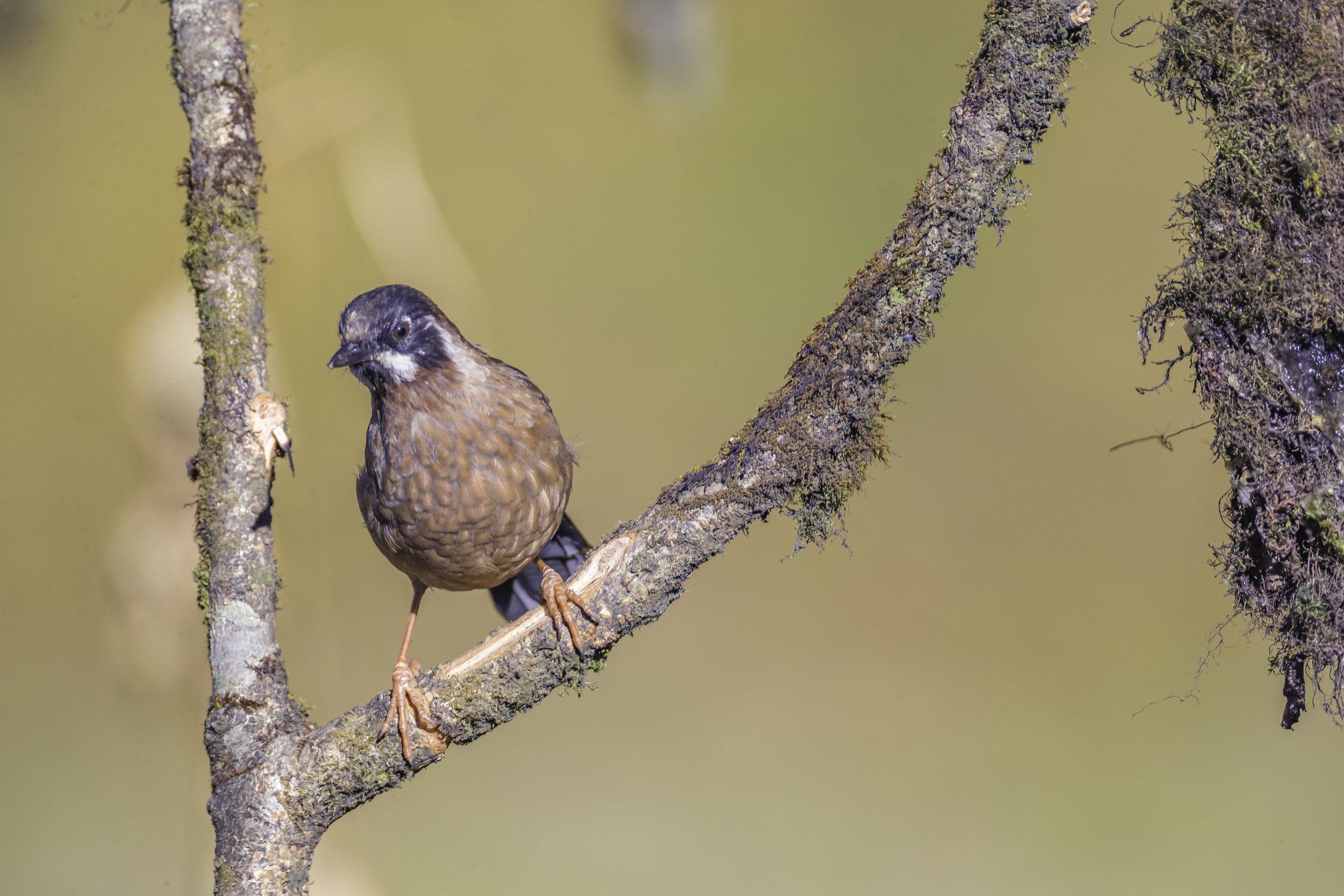
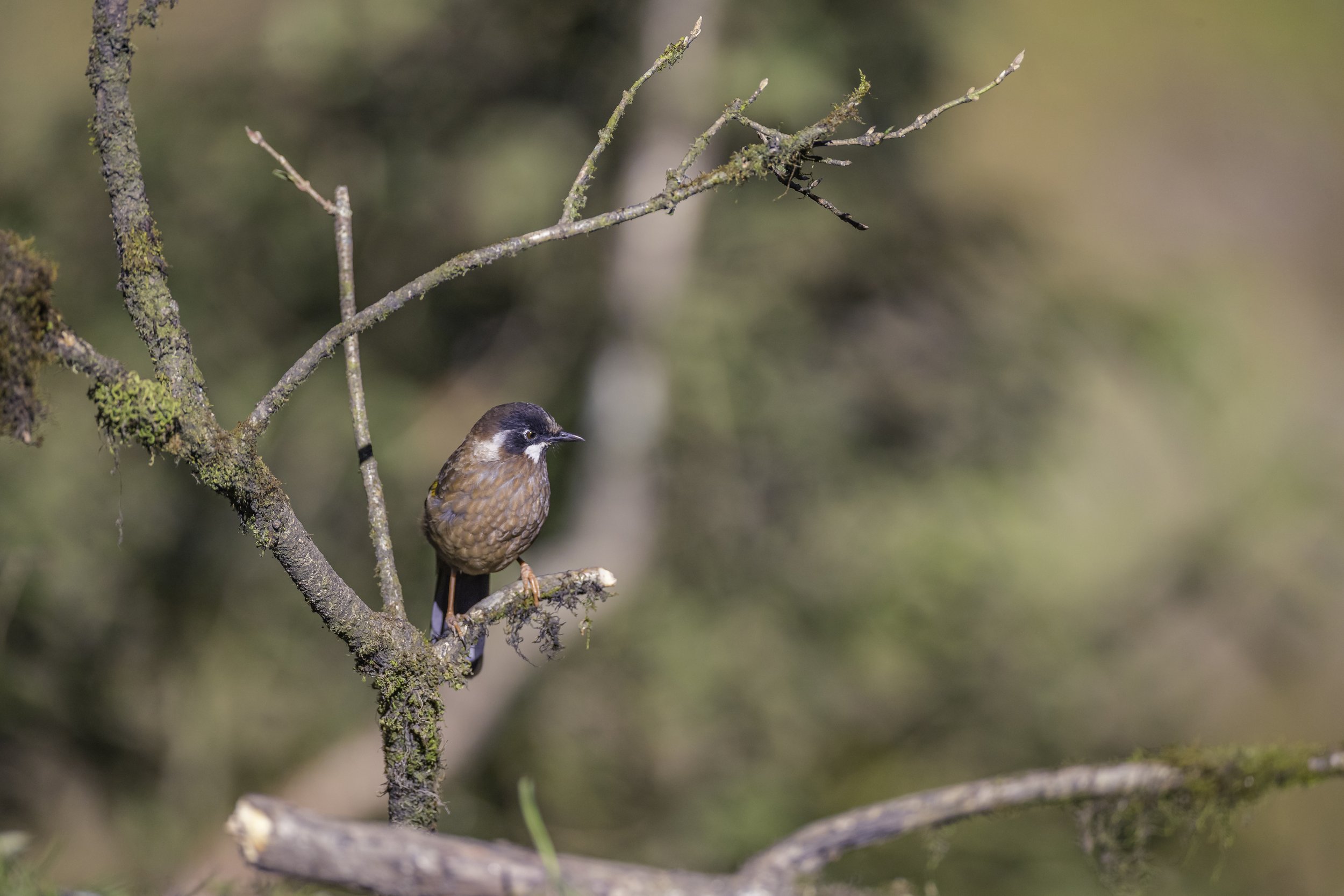
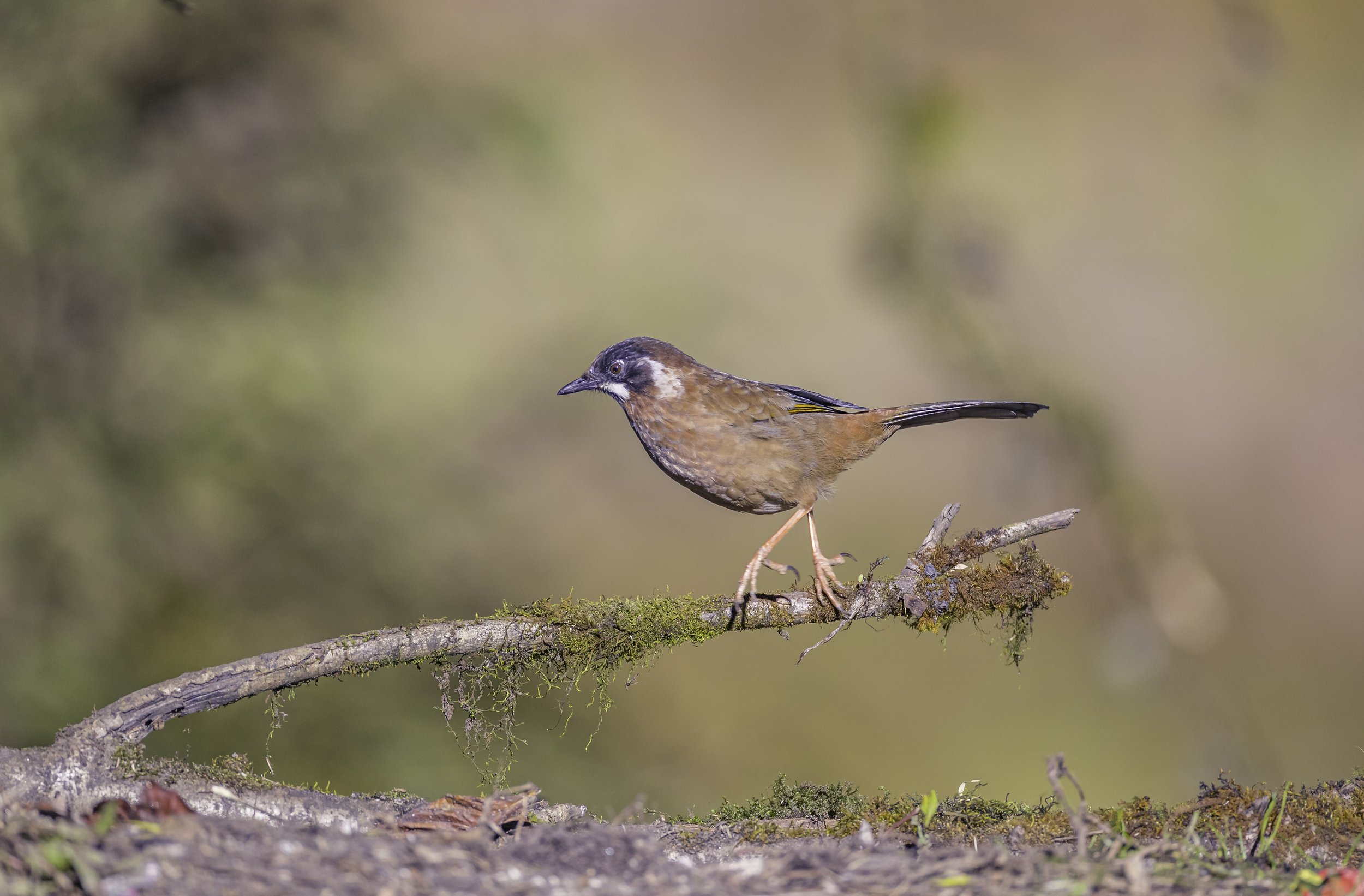
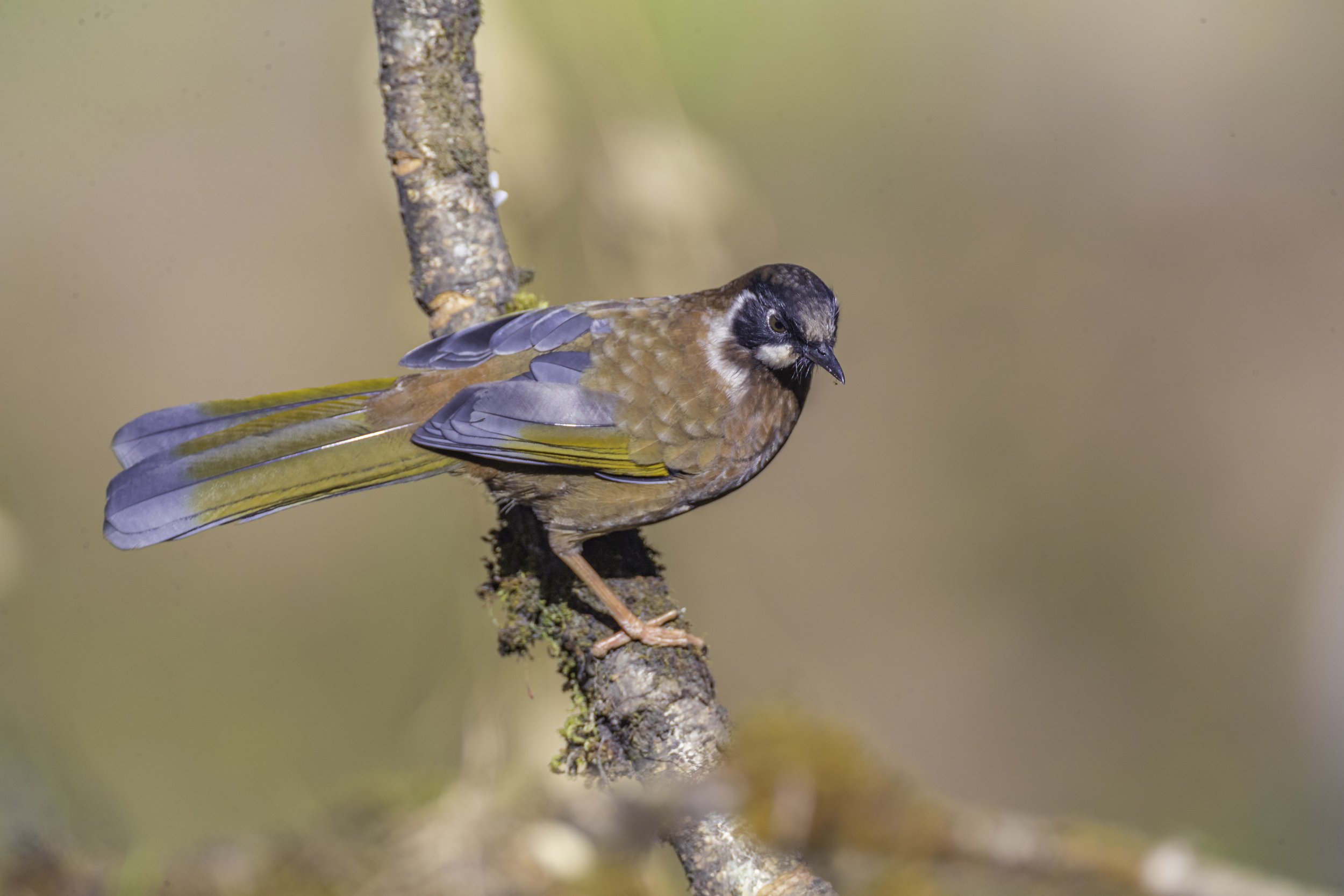
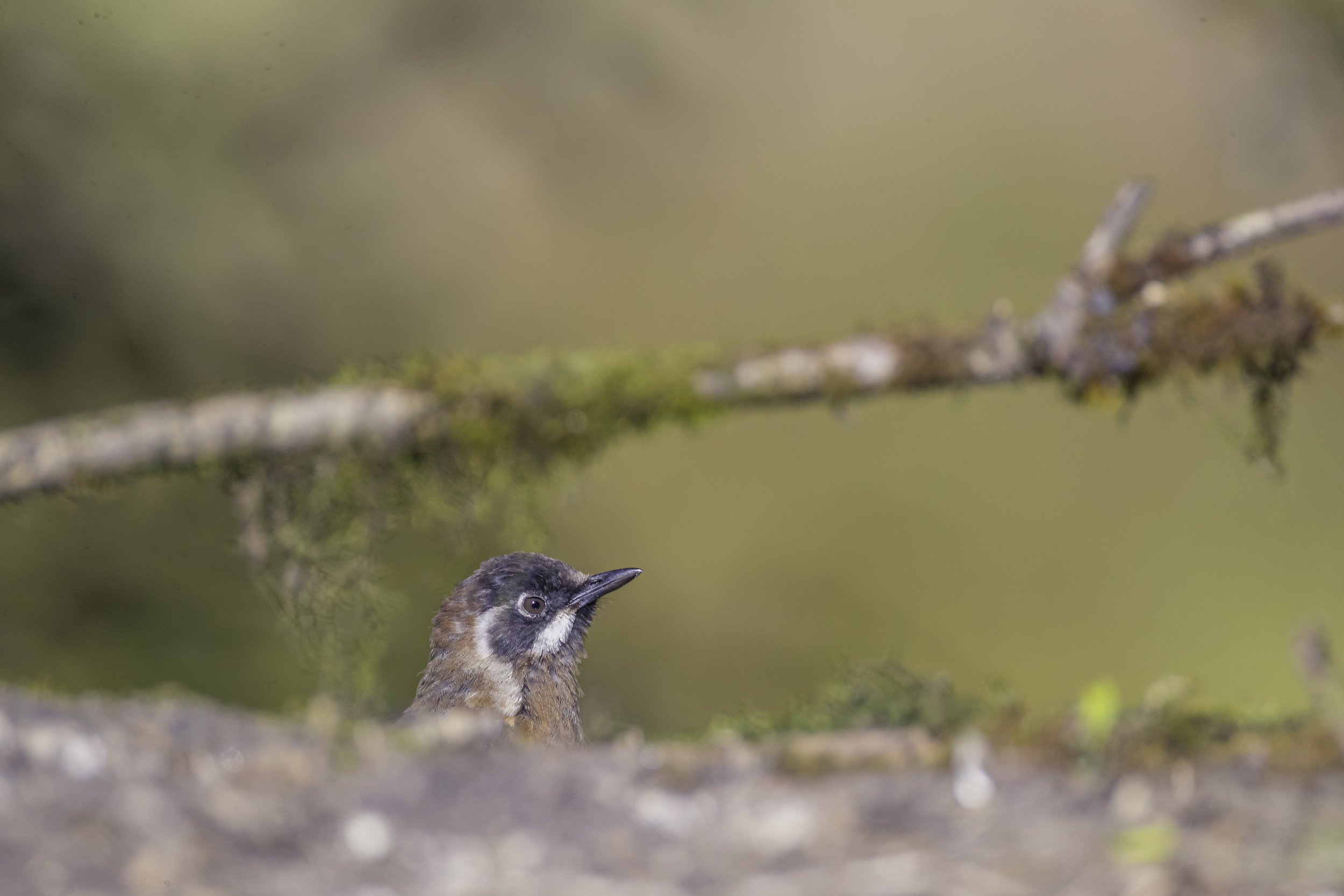

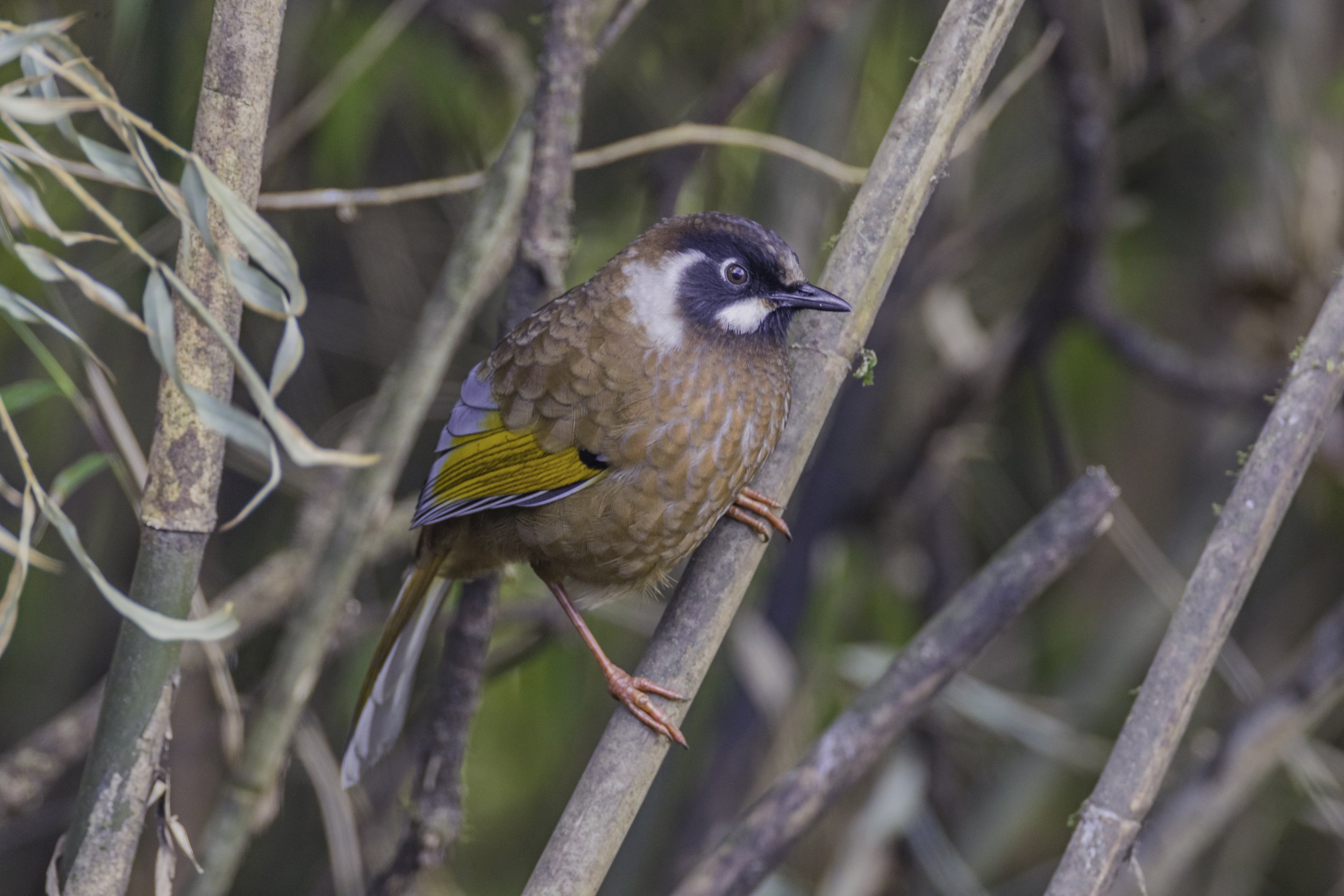
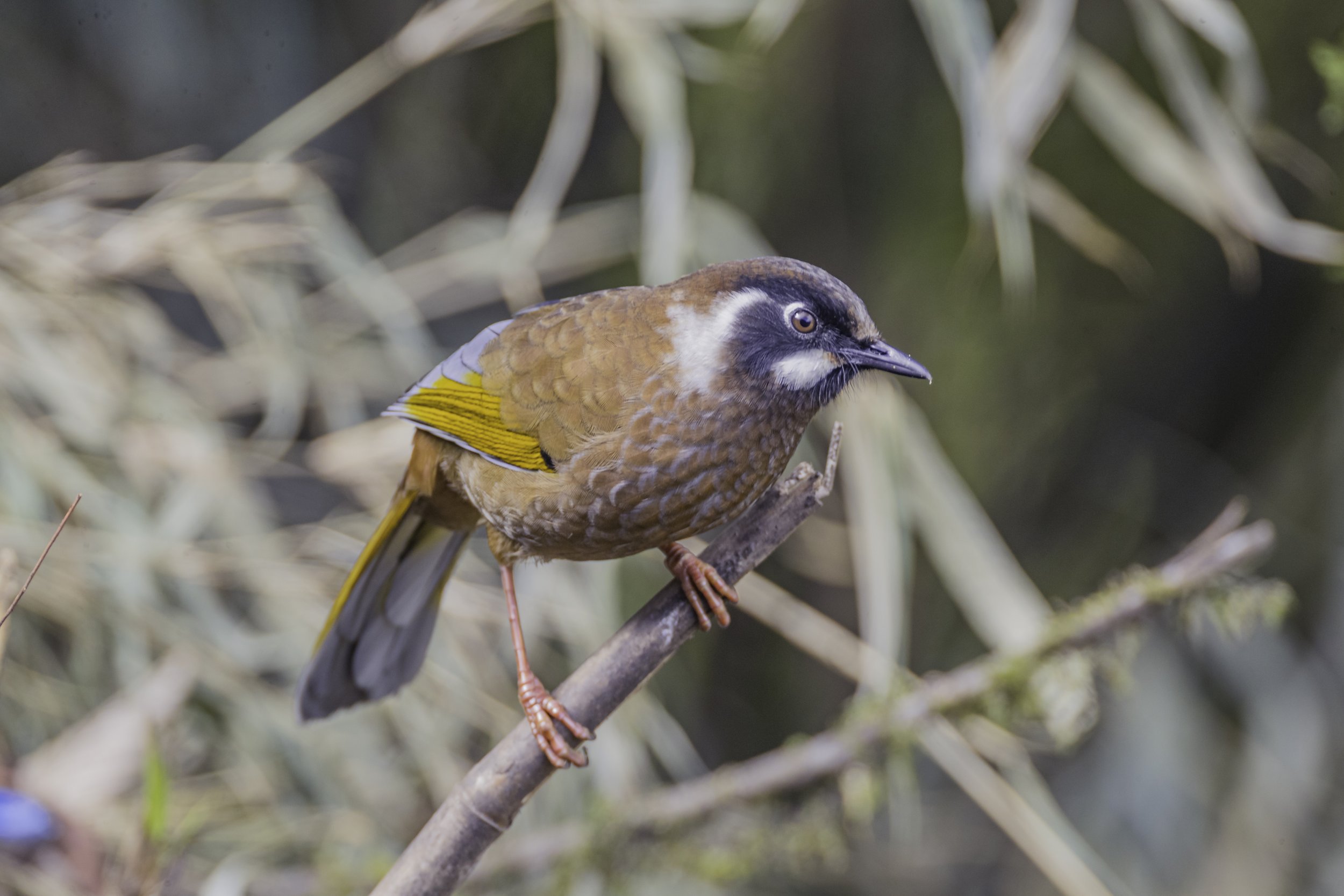
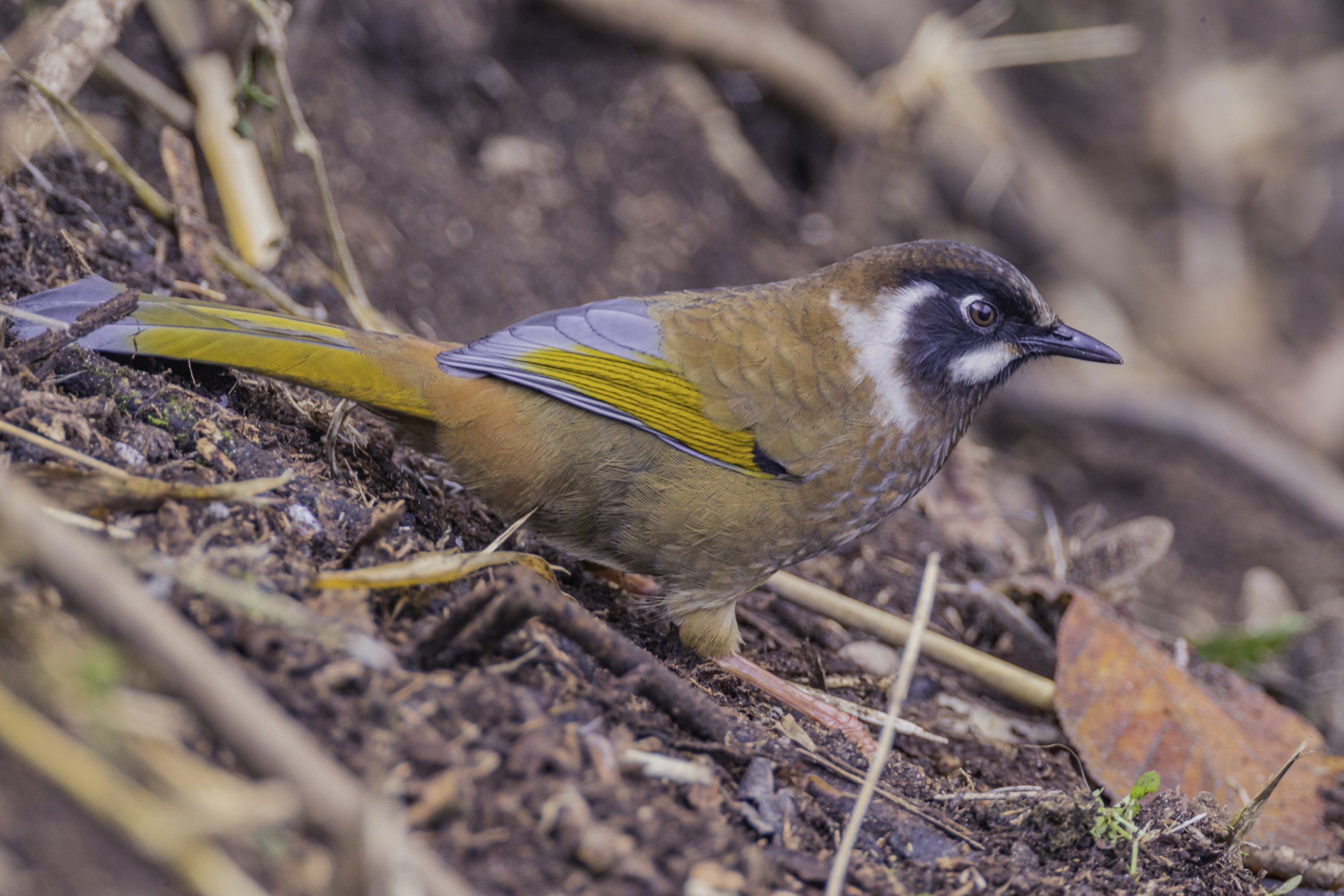
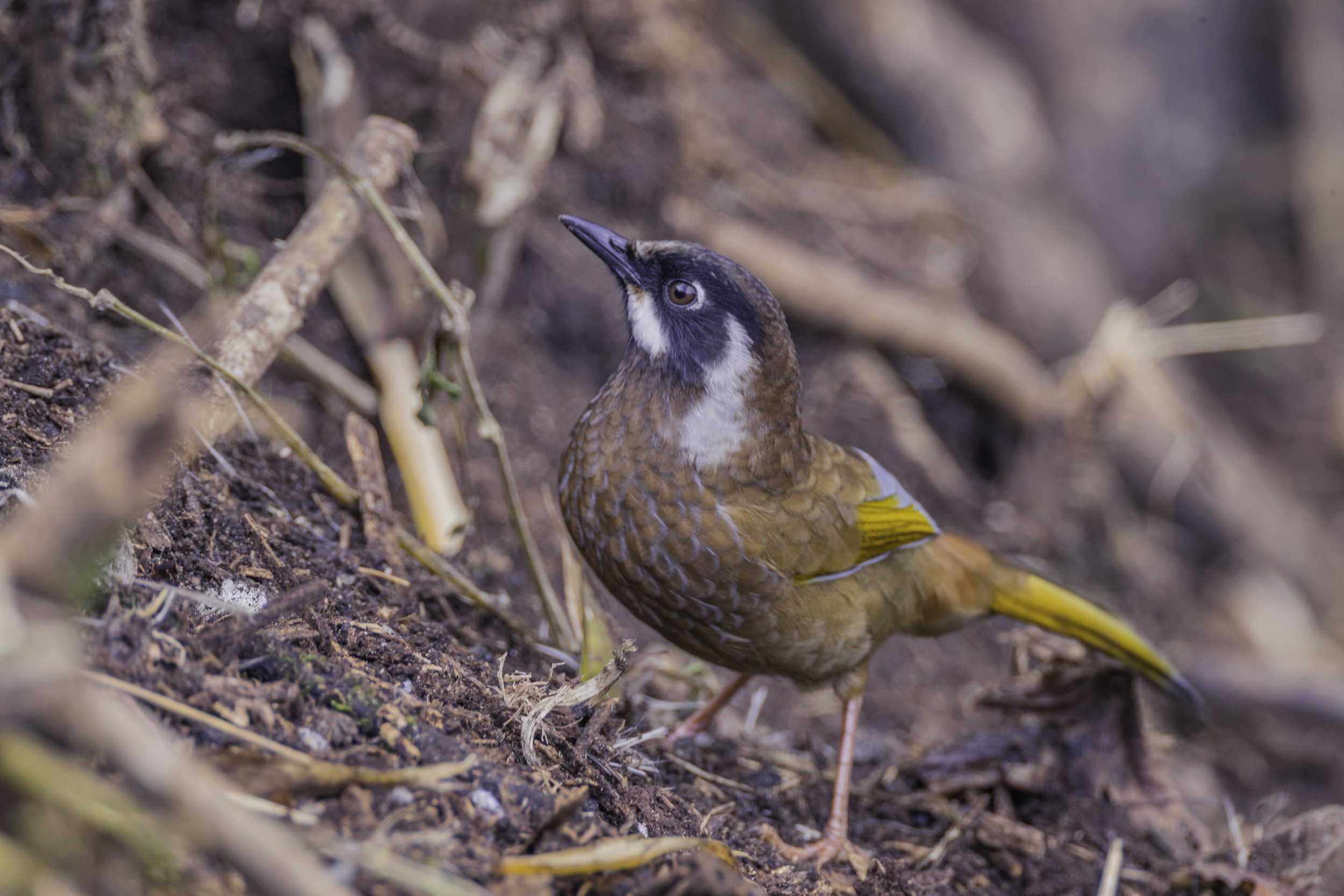
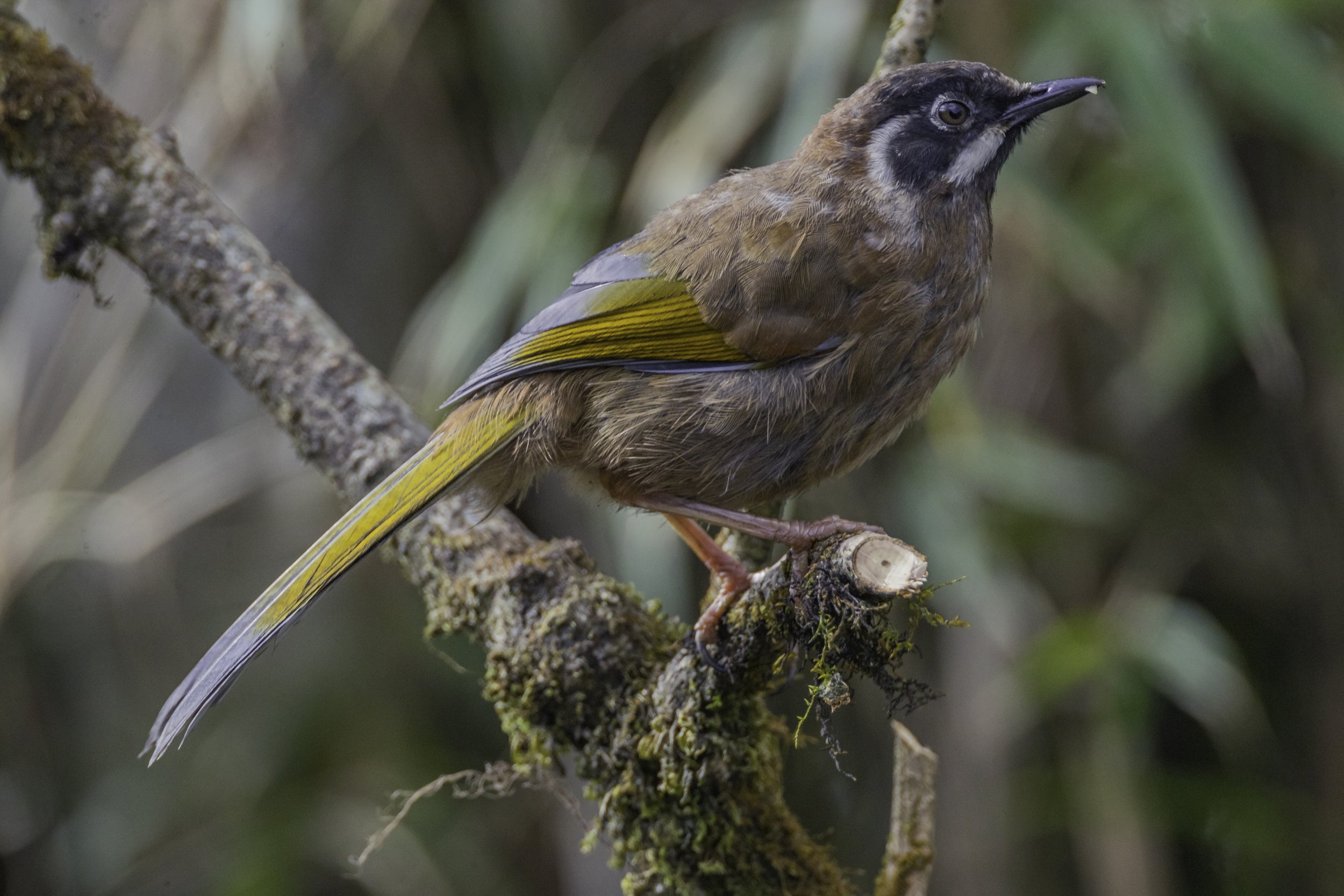
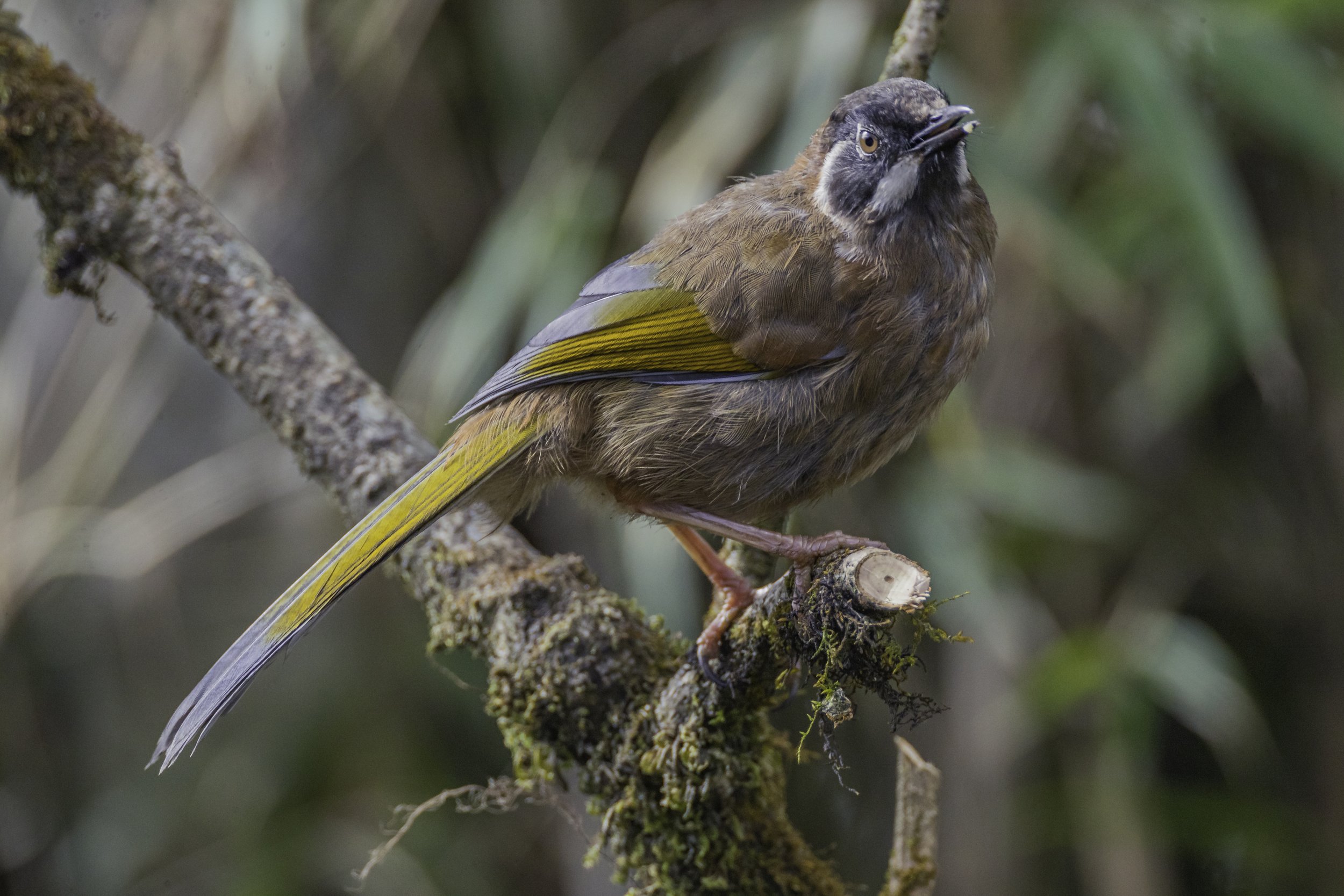
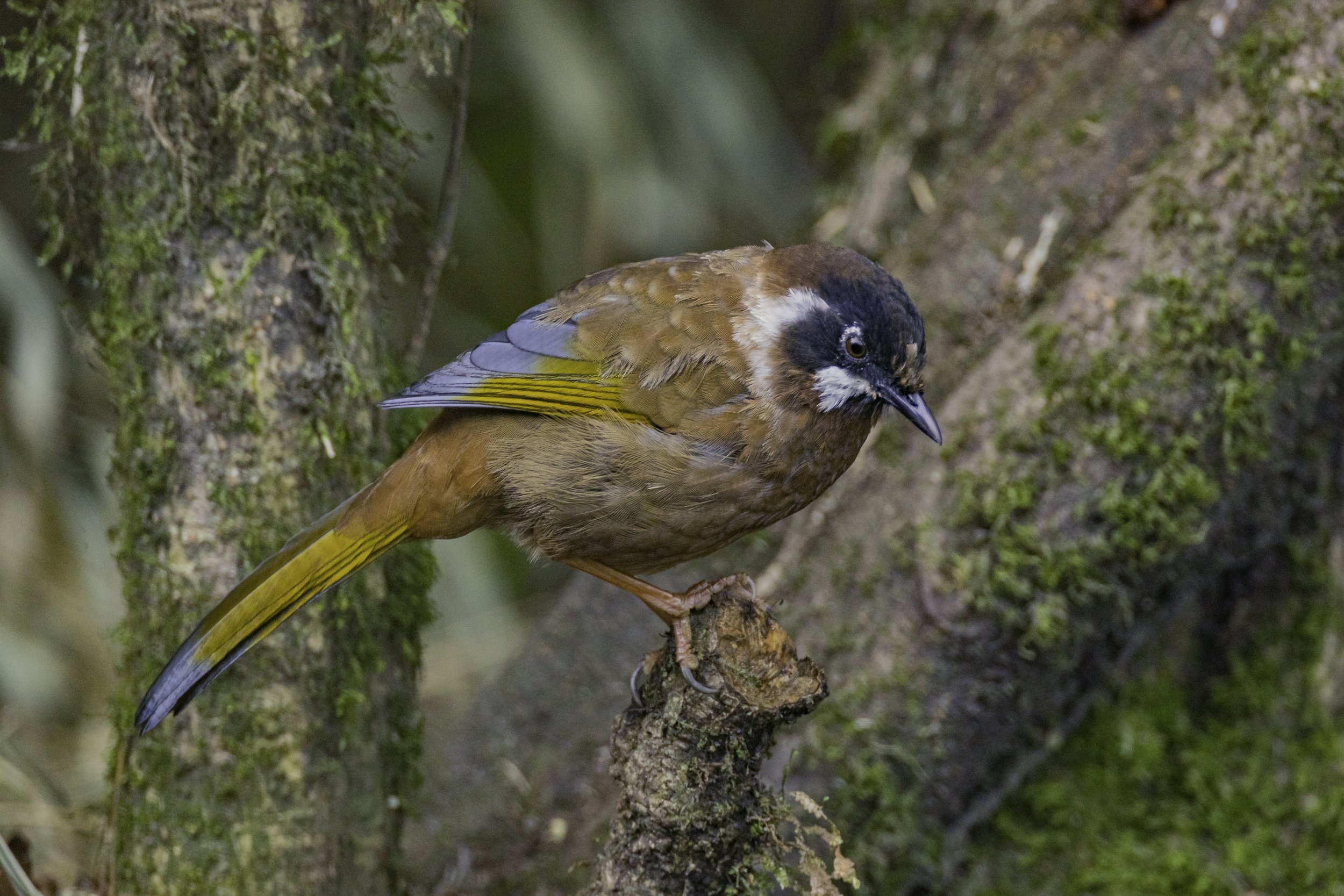
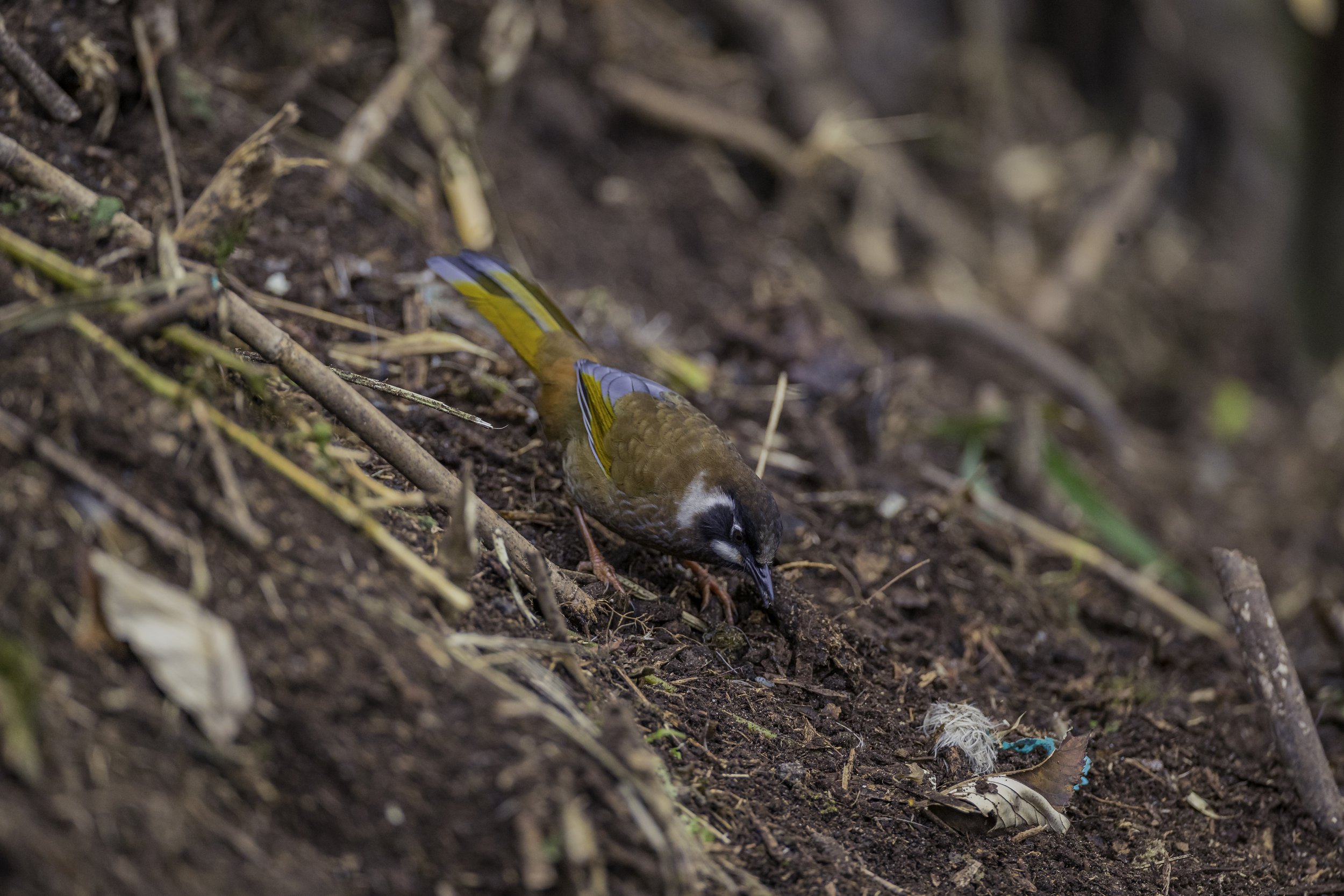
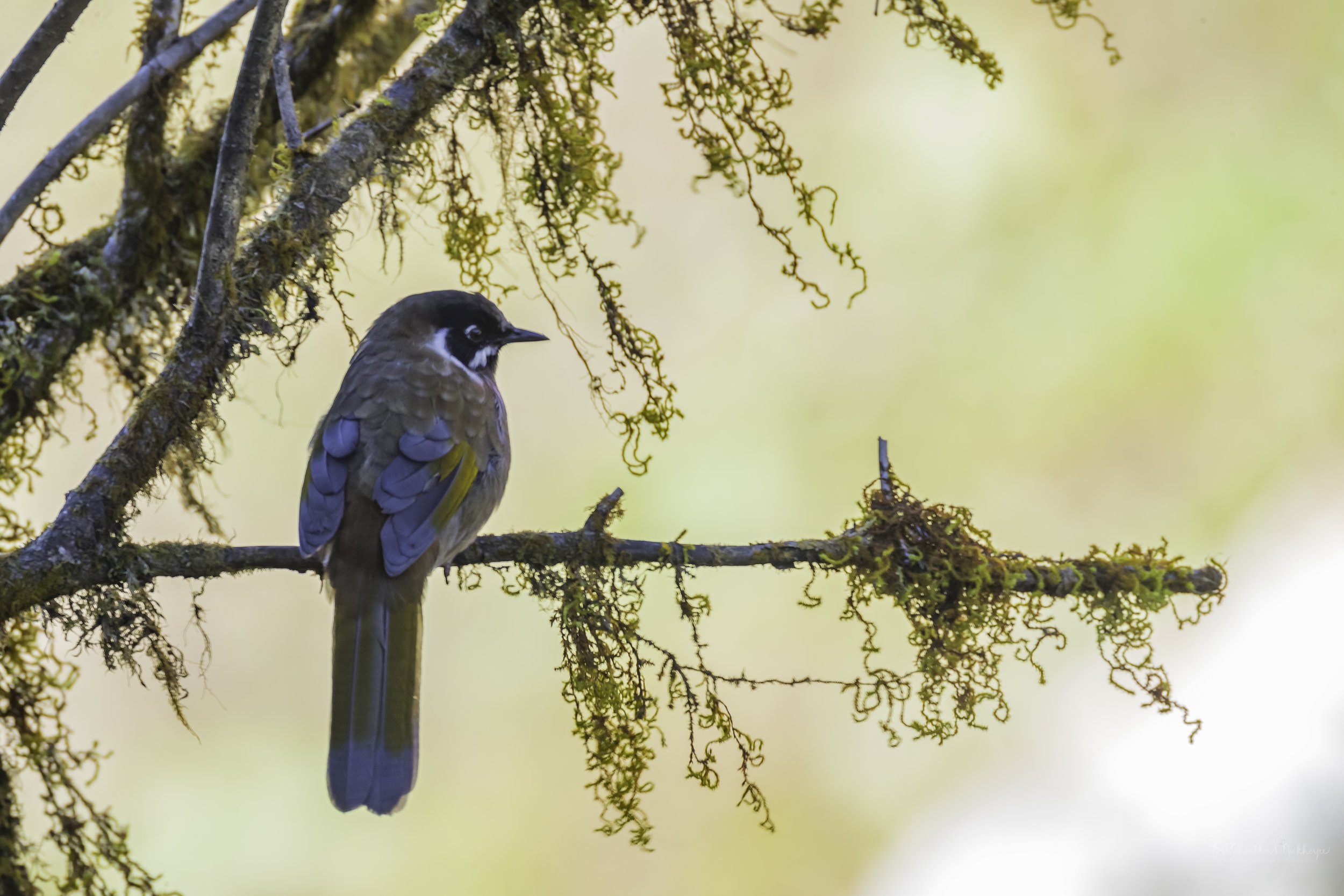
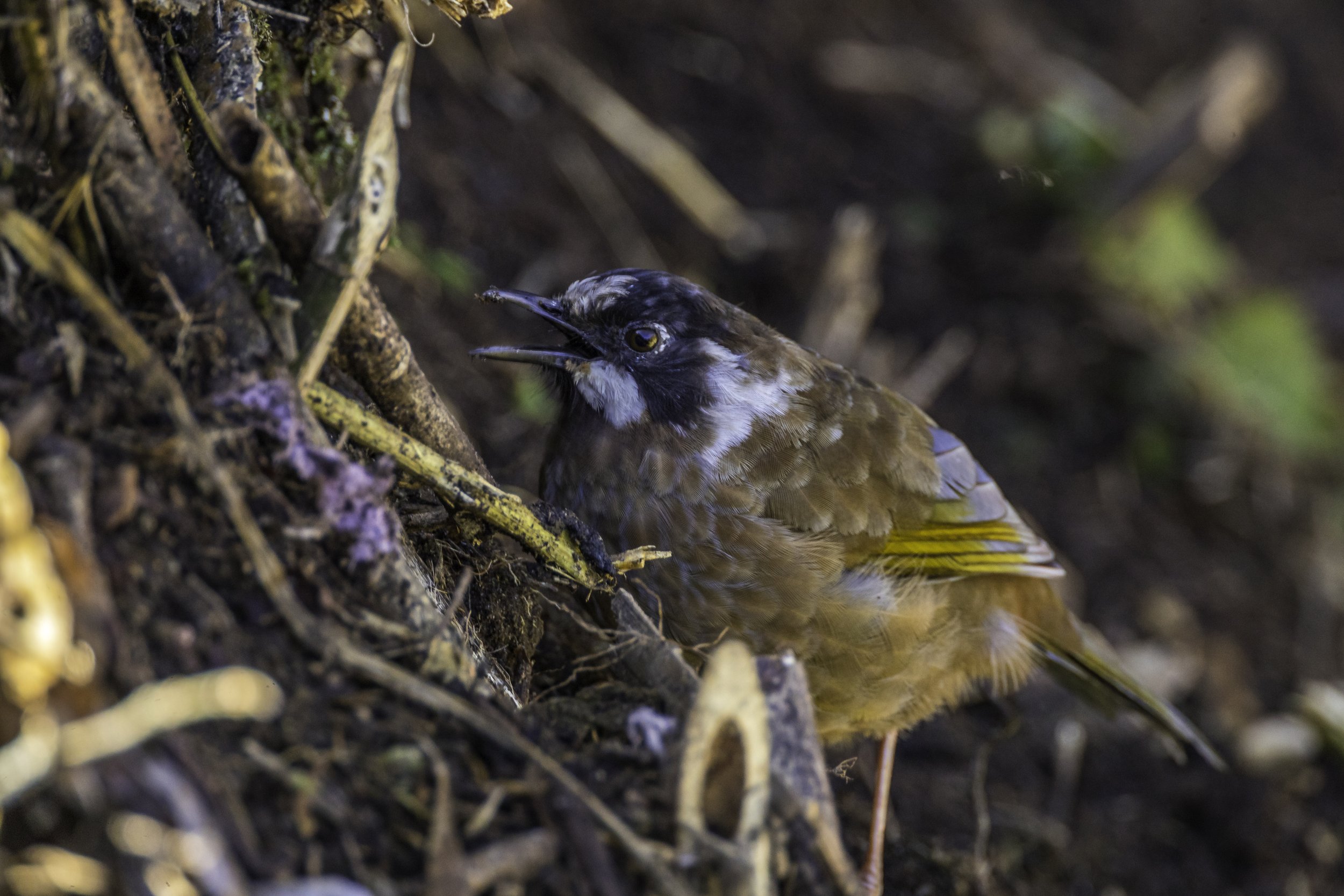
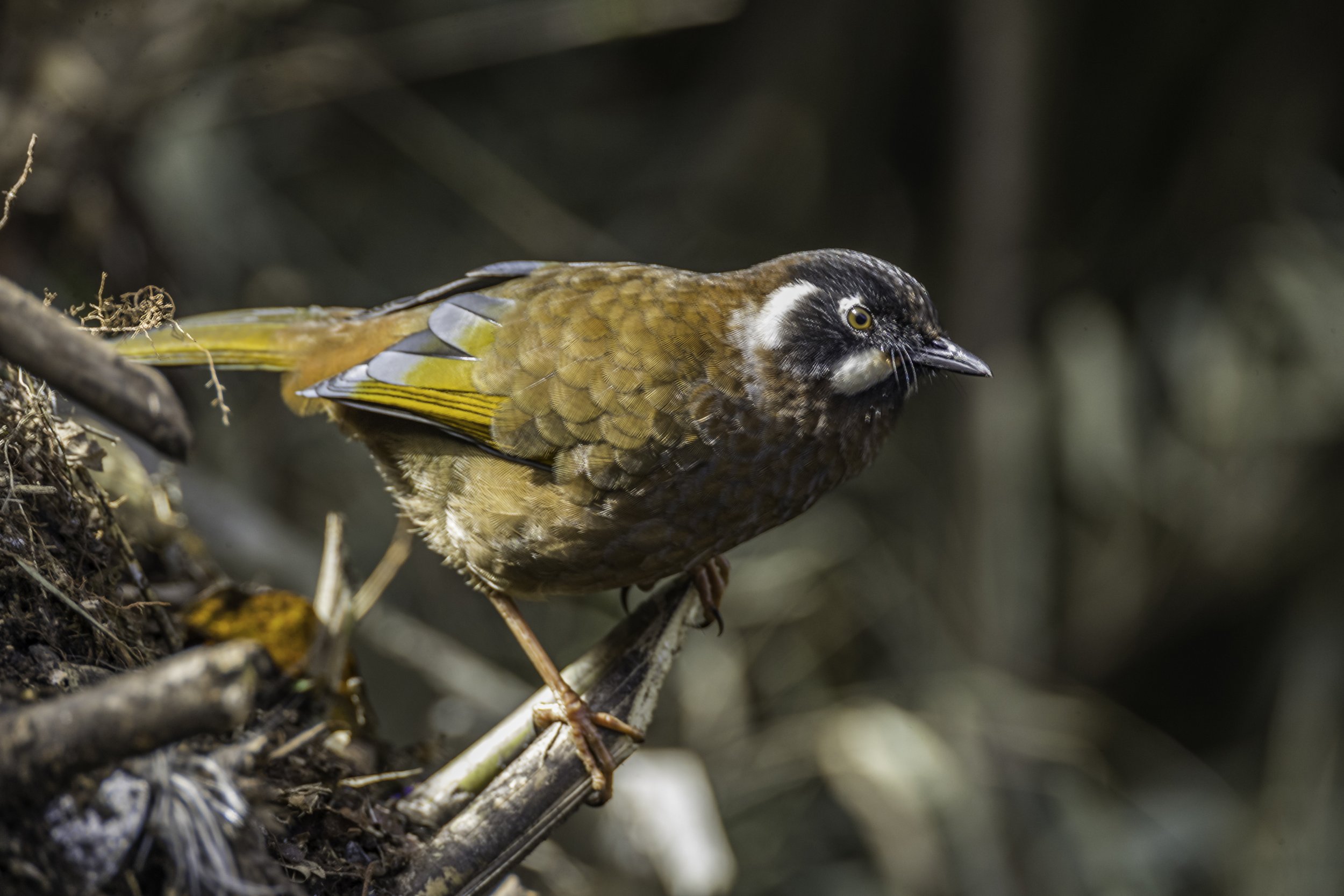
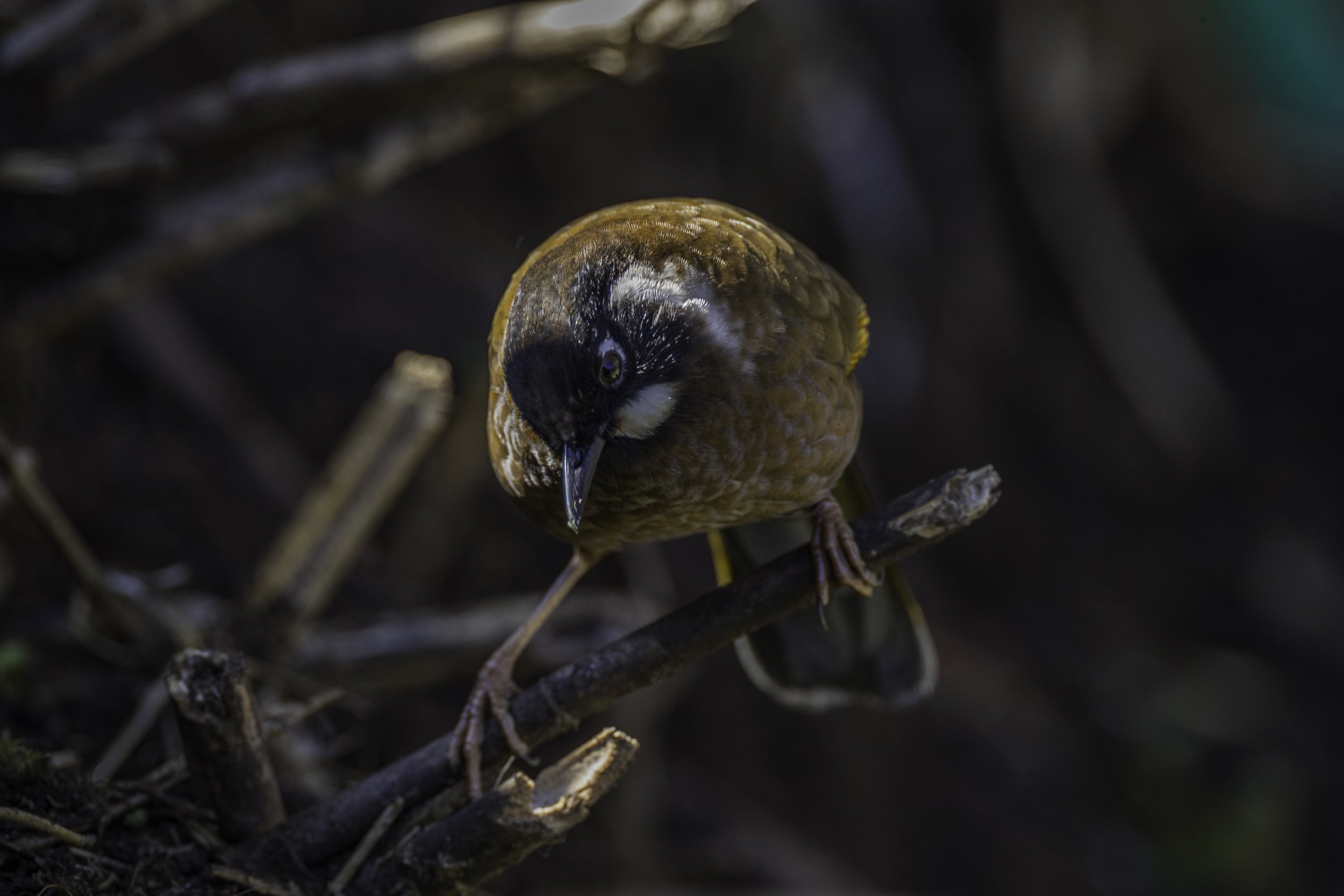
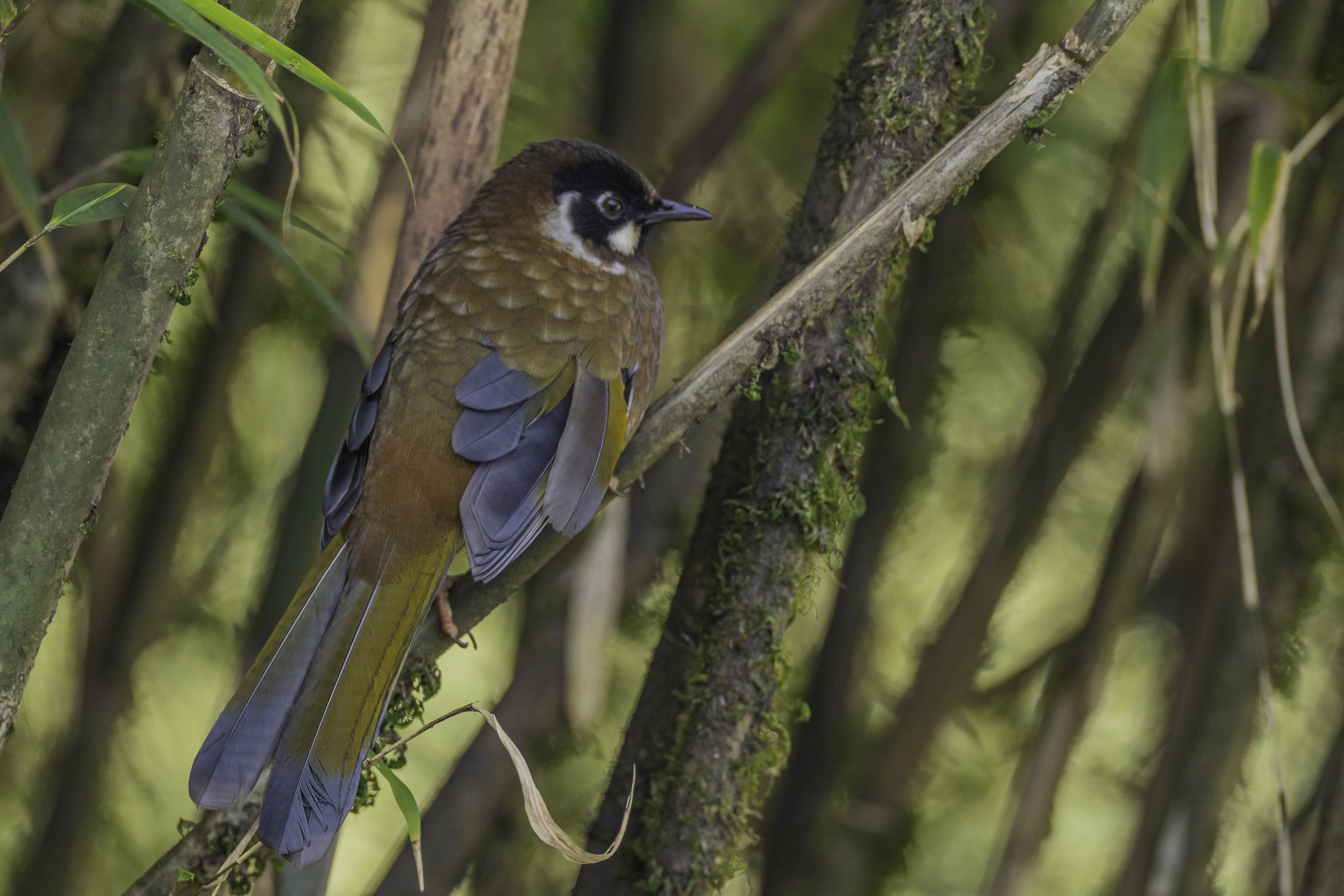
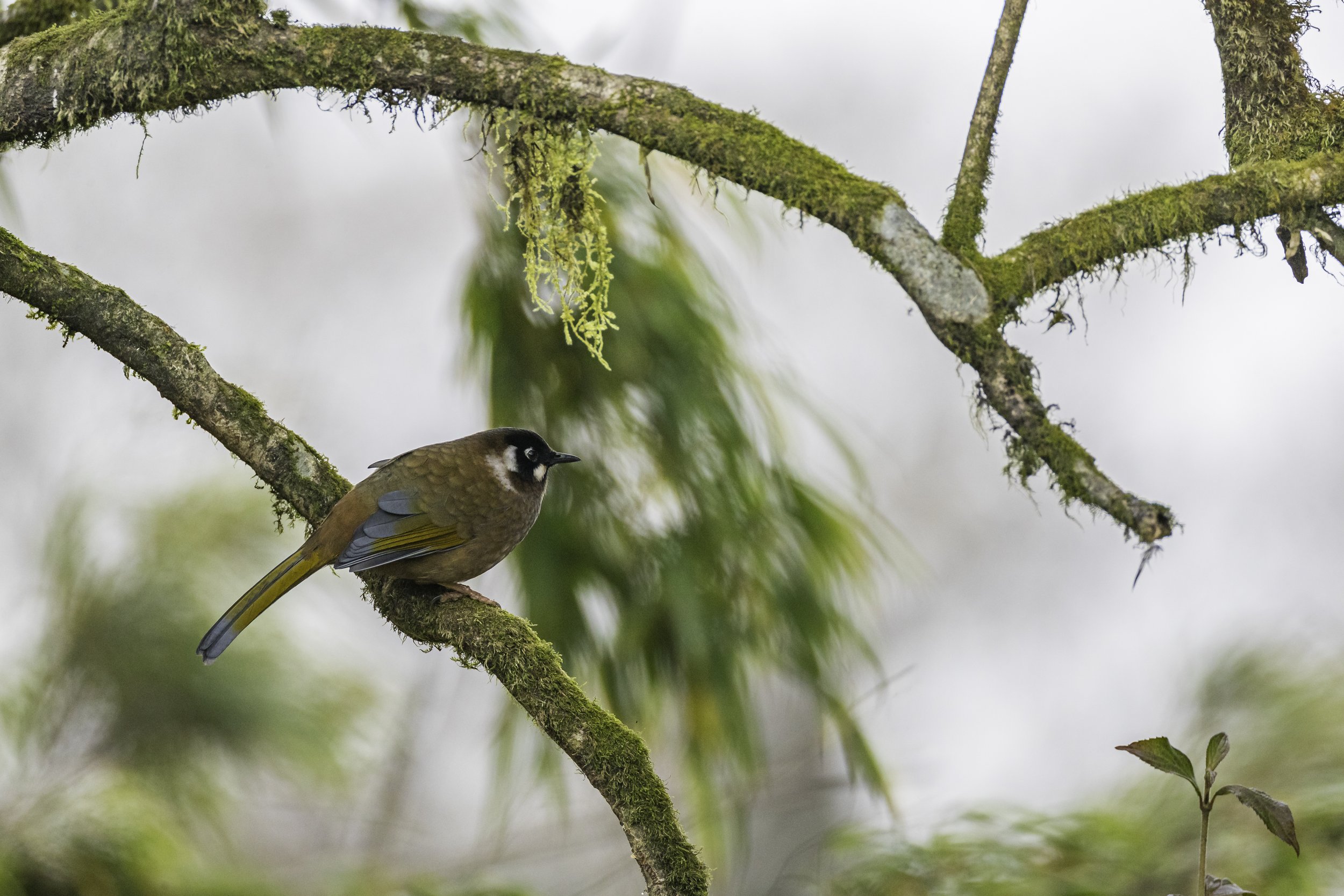
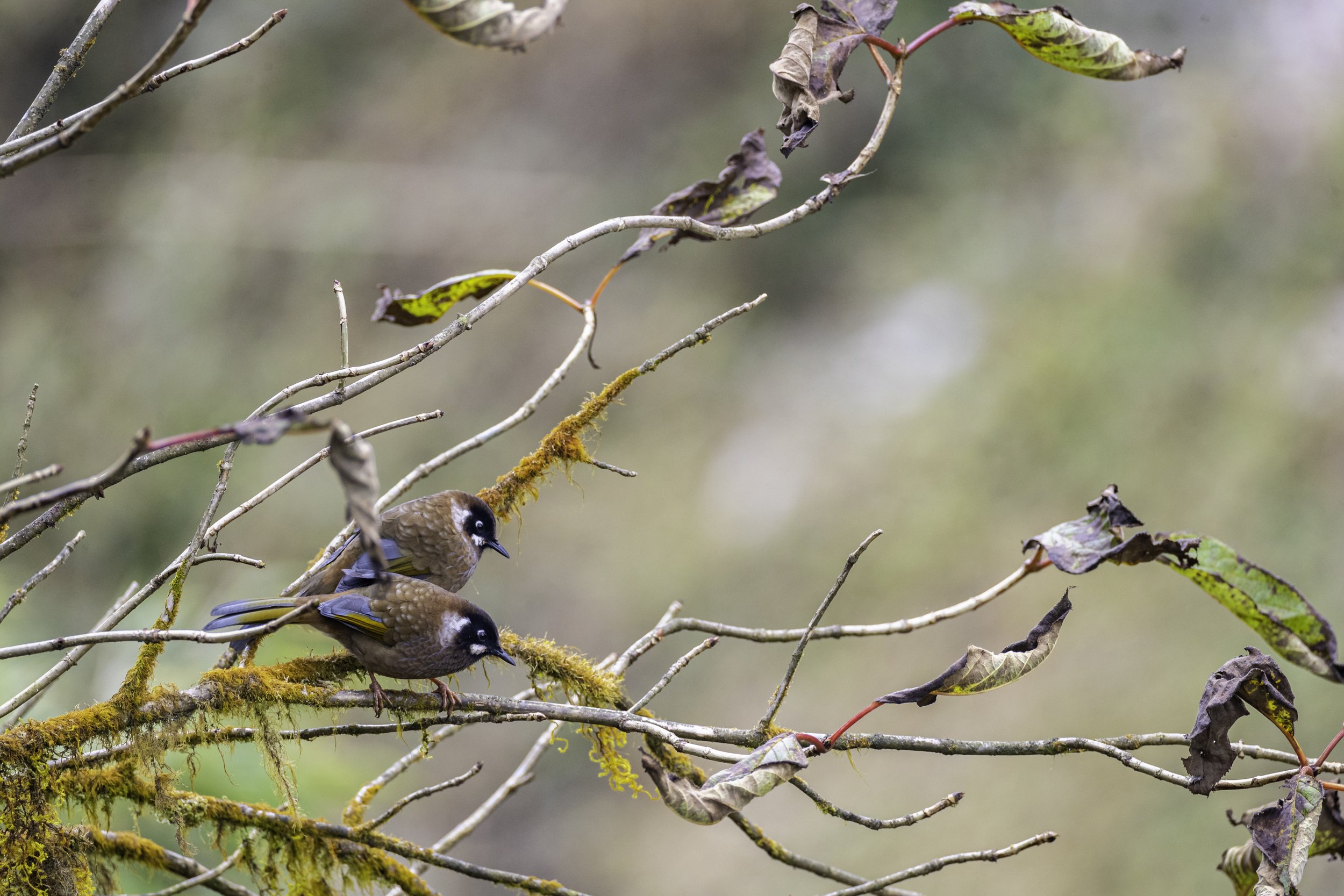
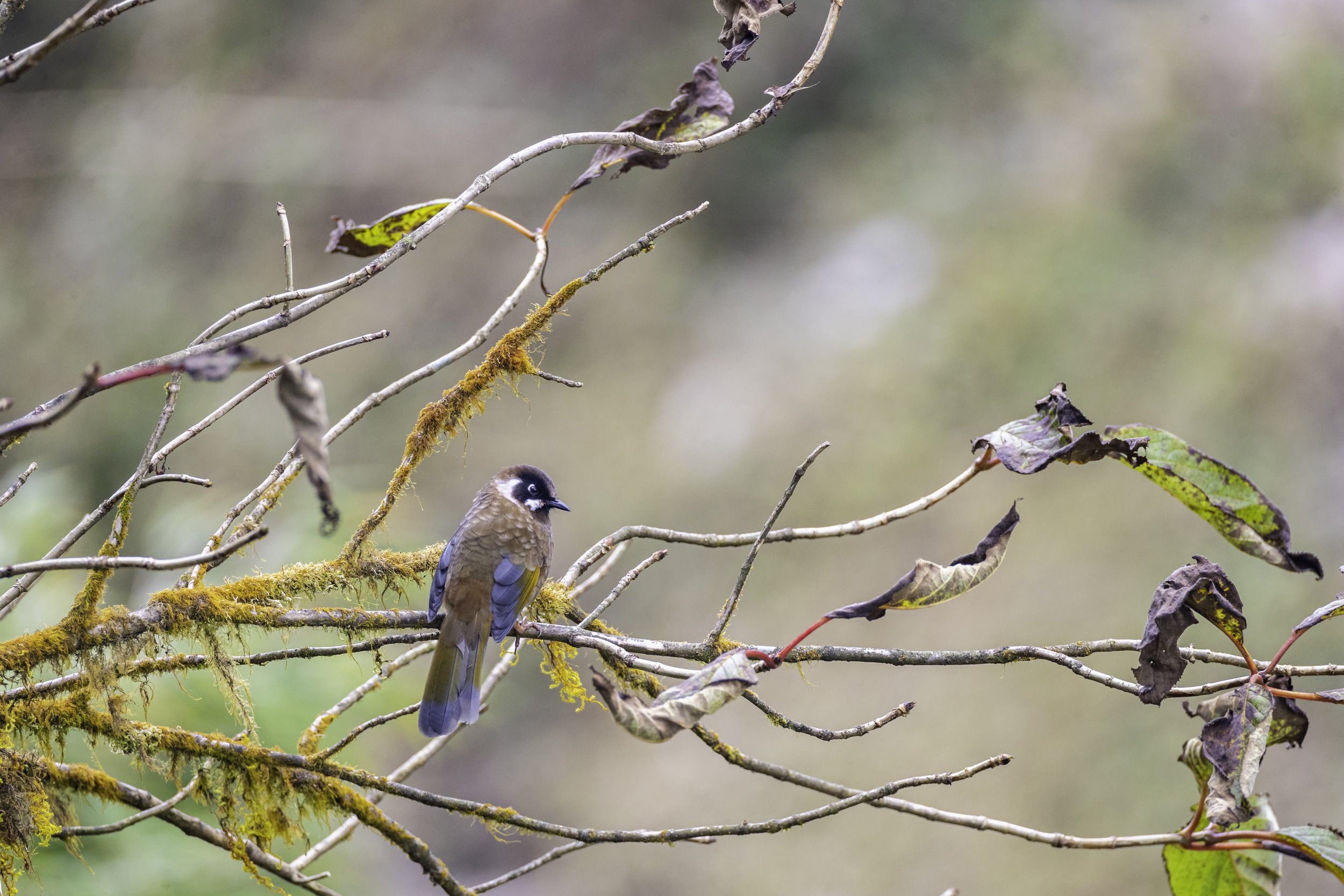
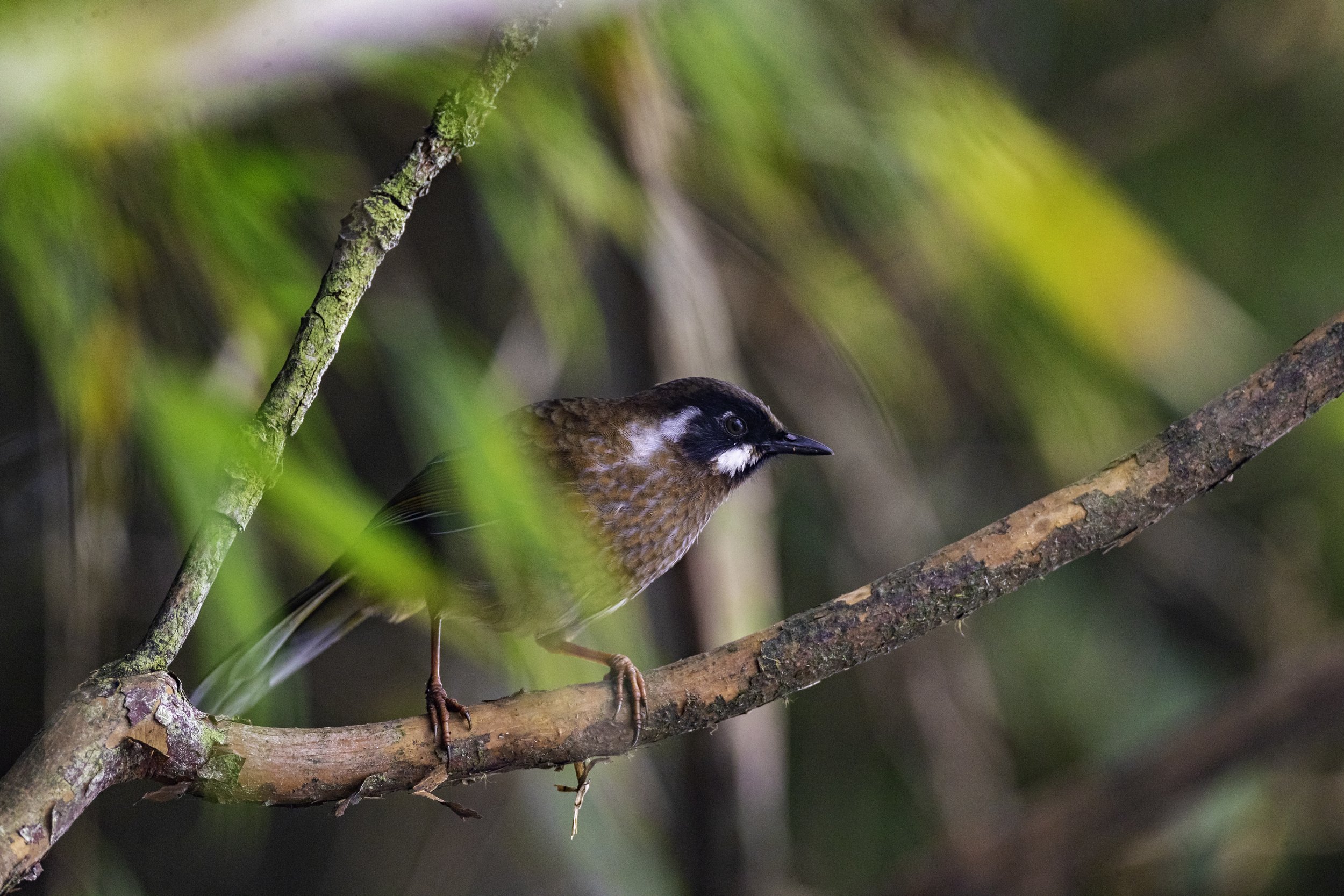
Related Posts



